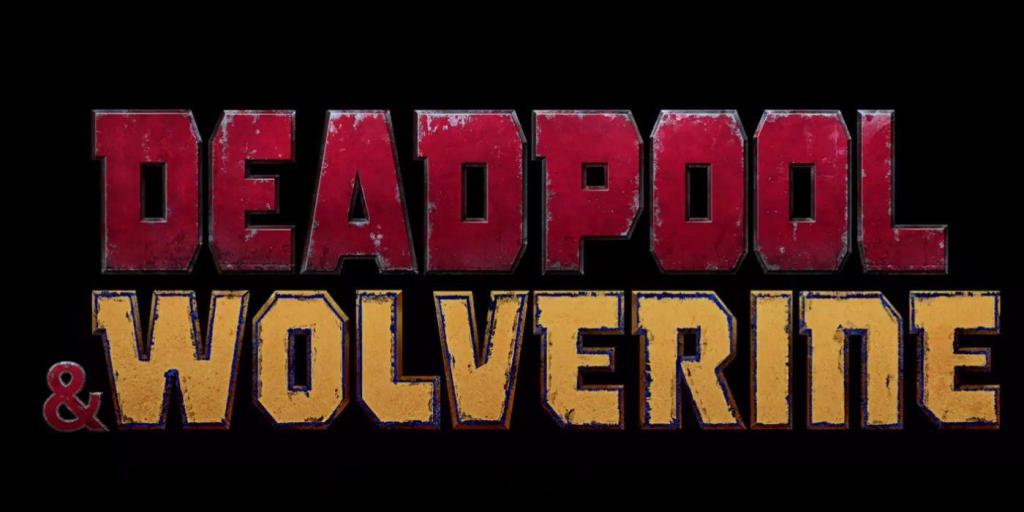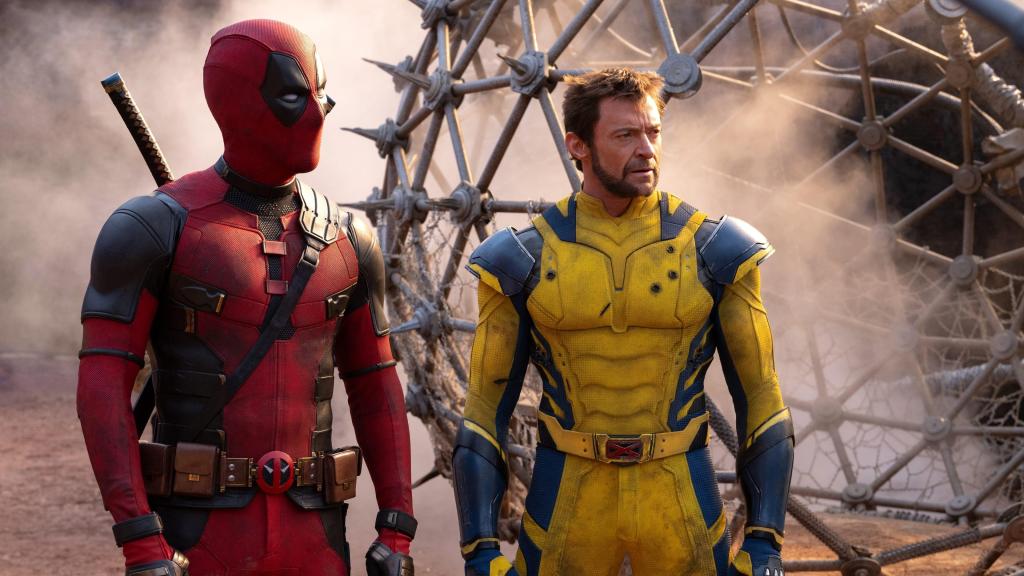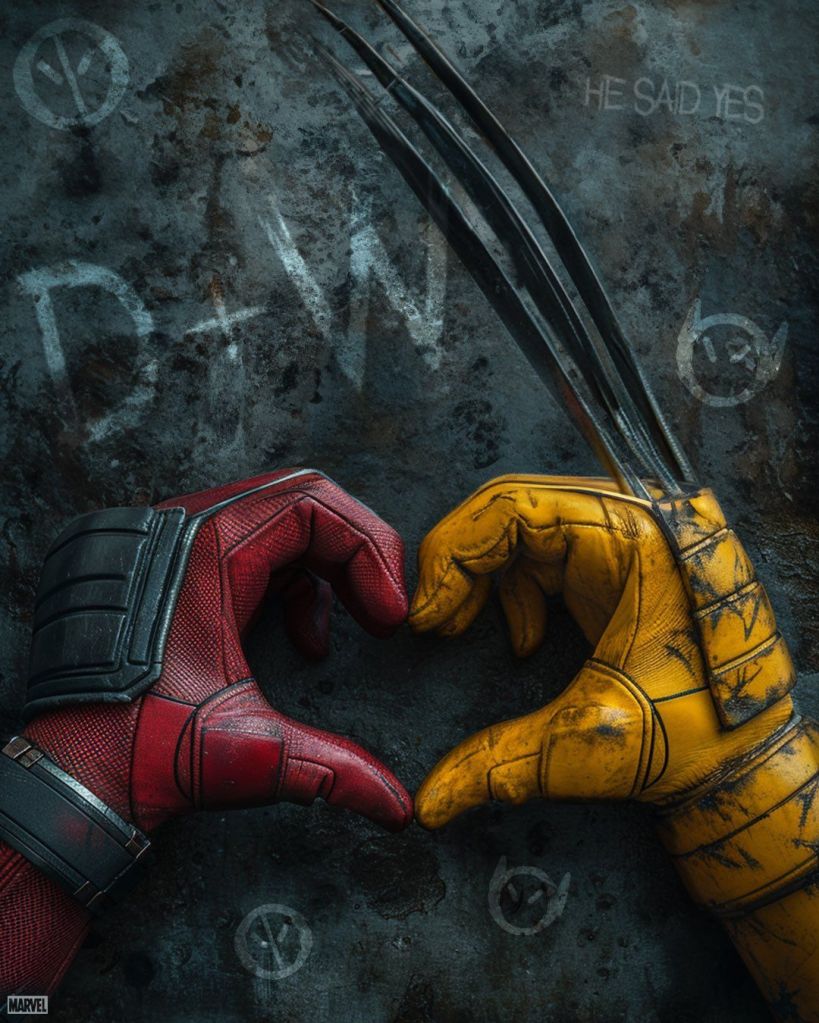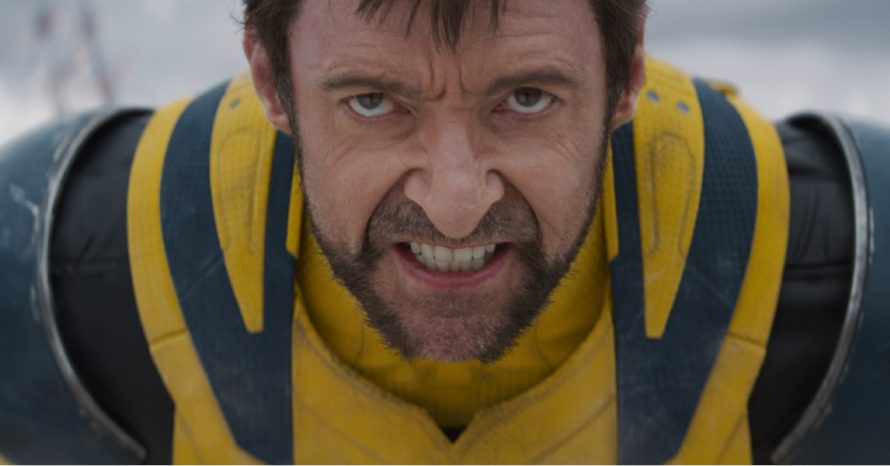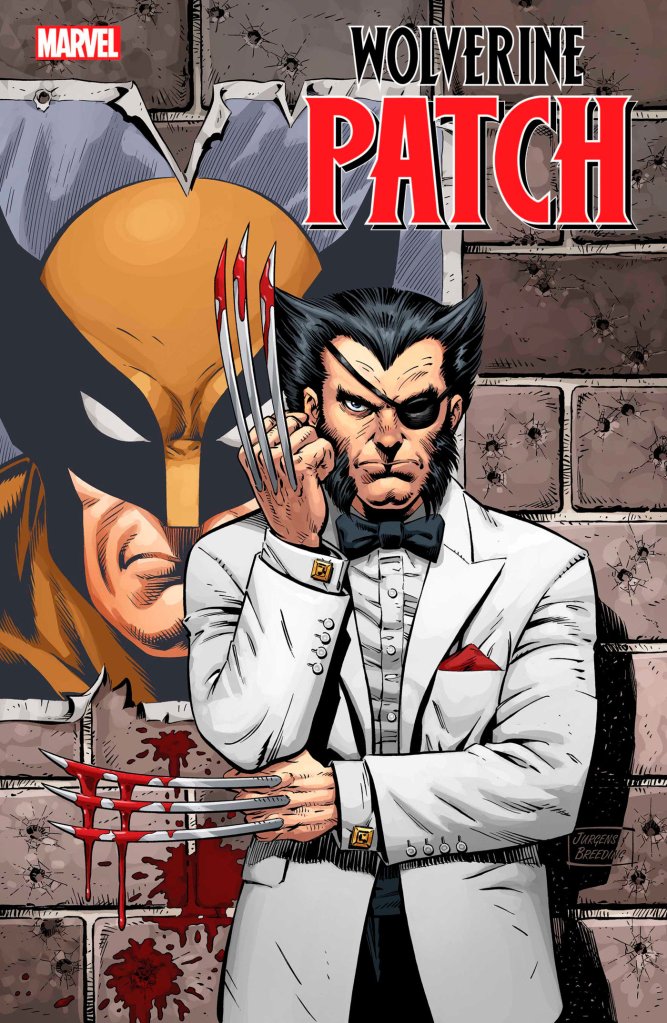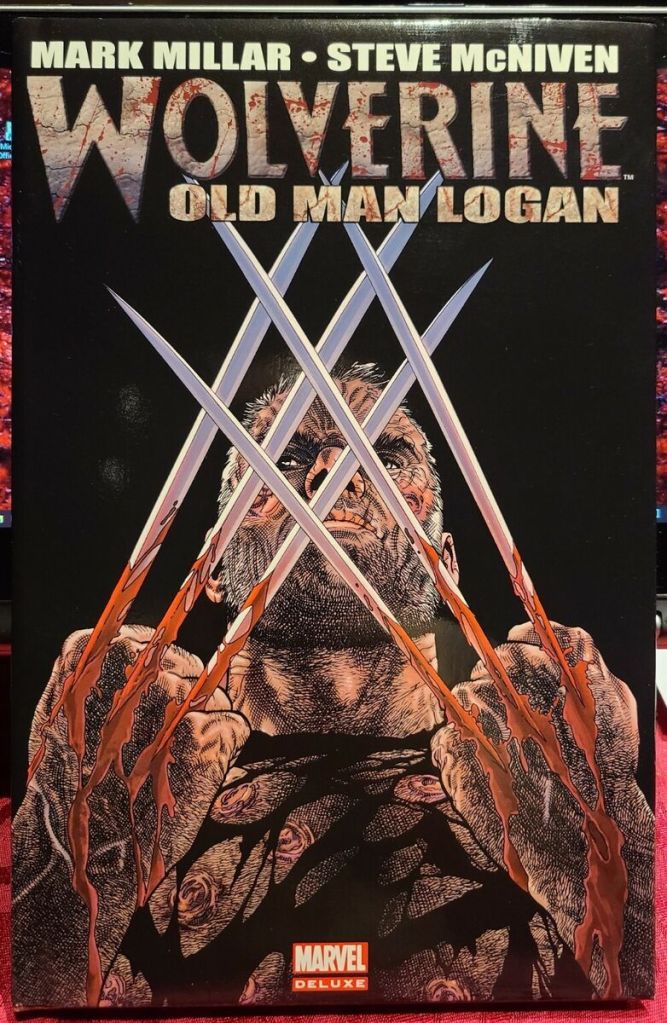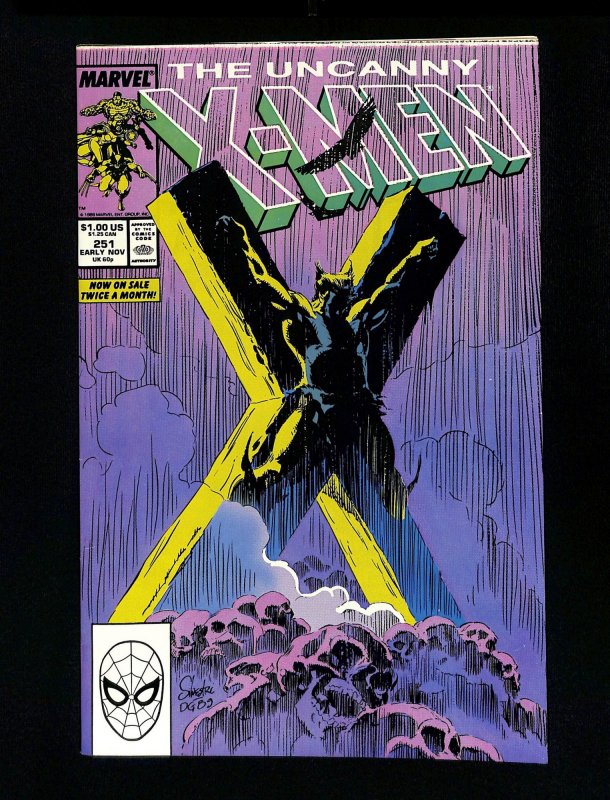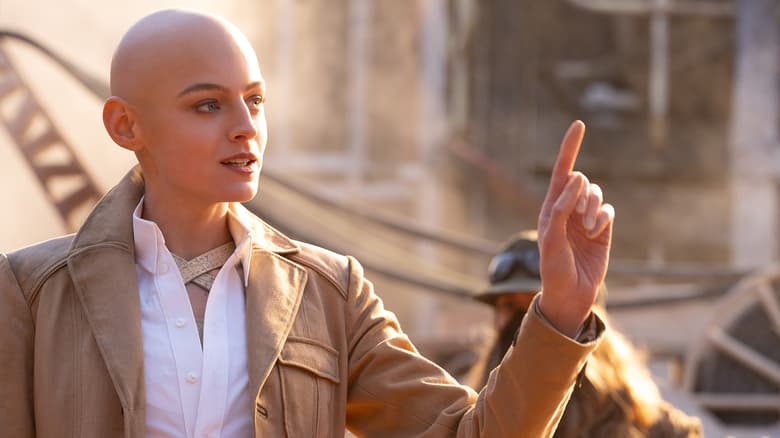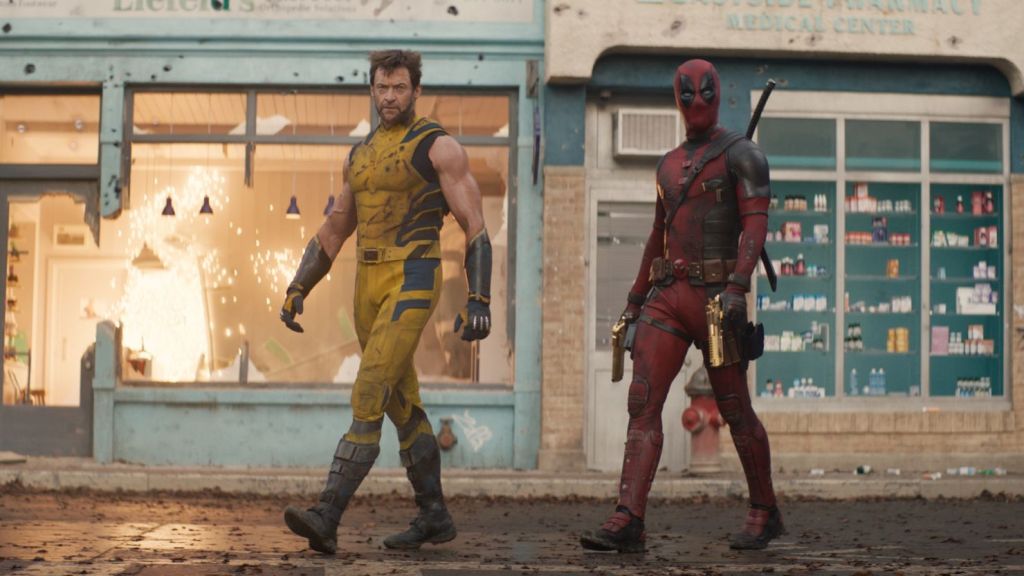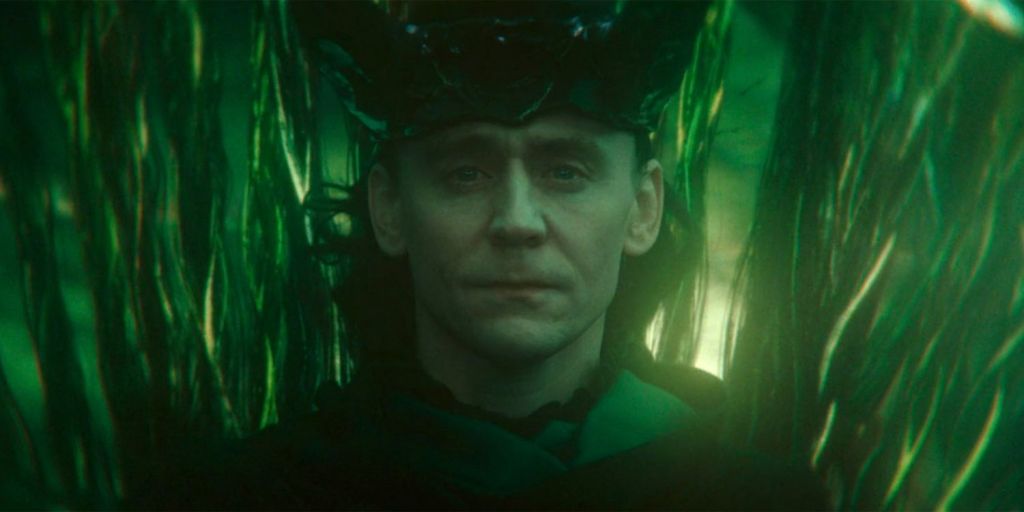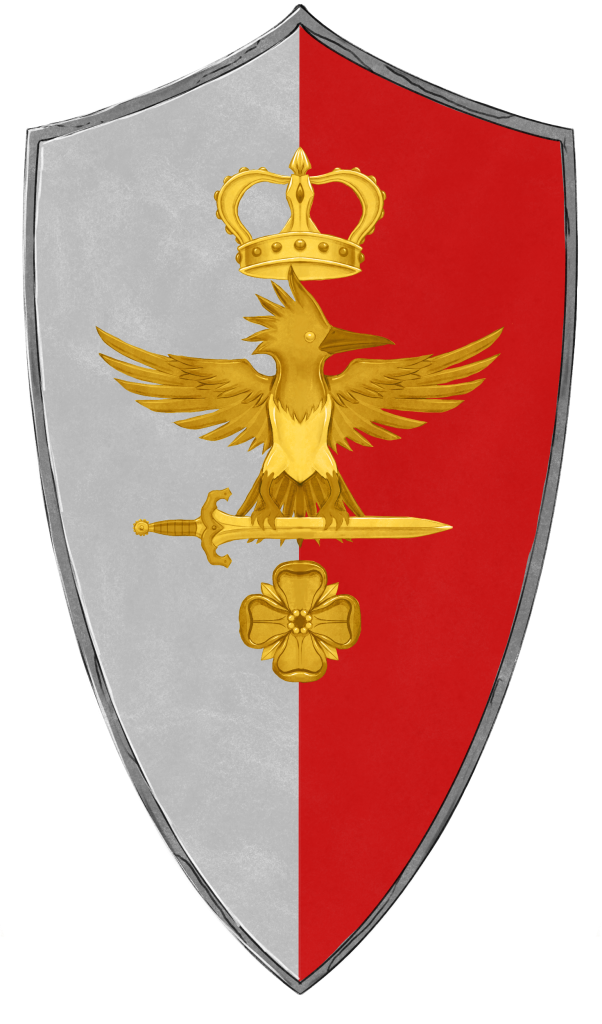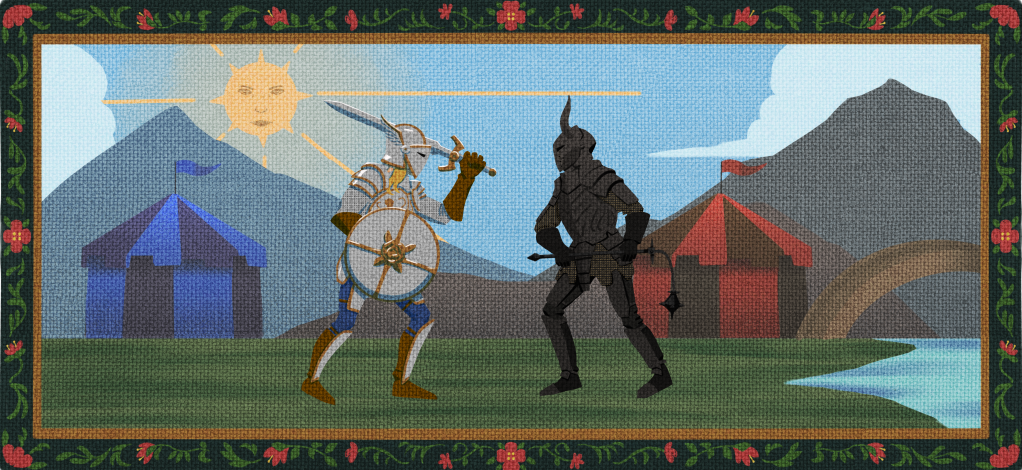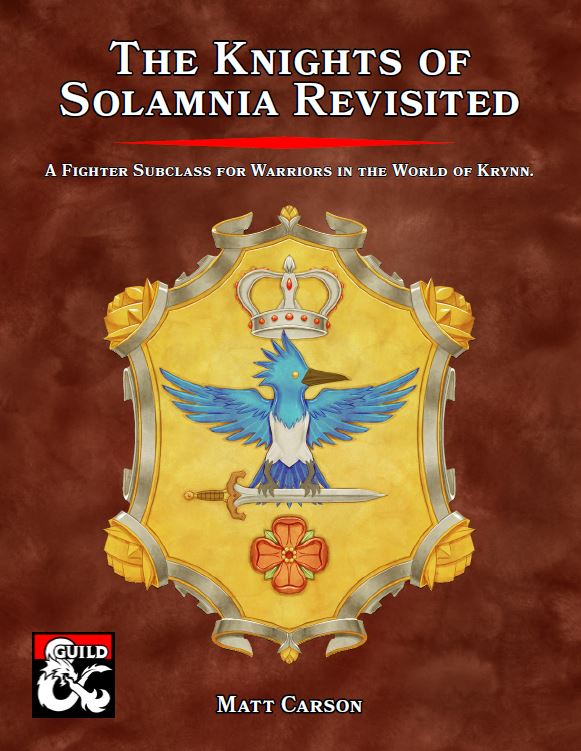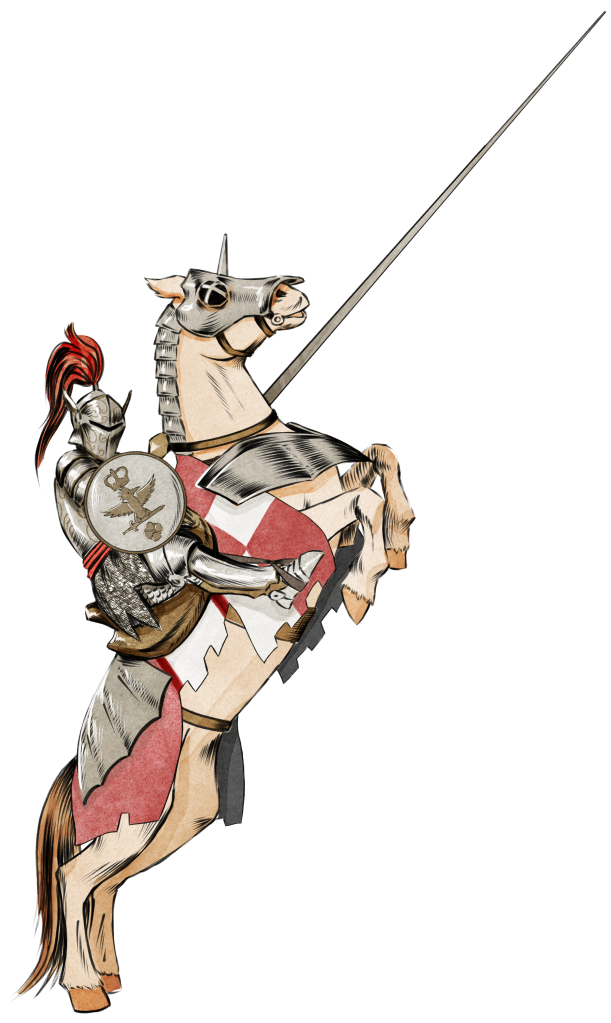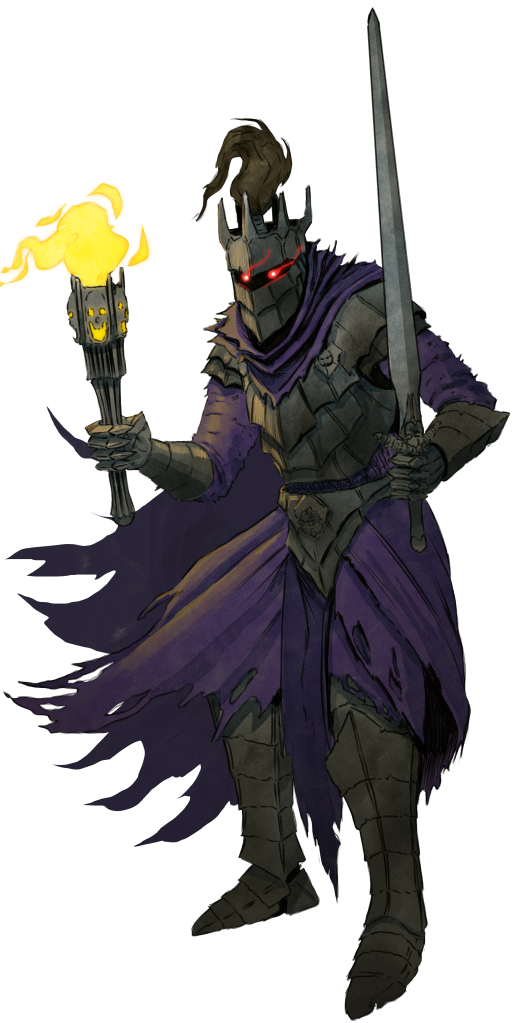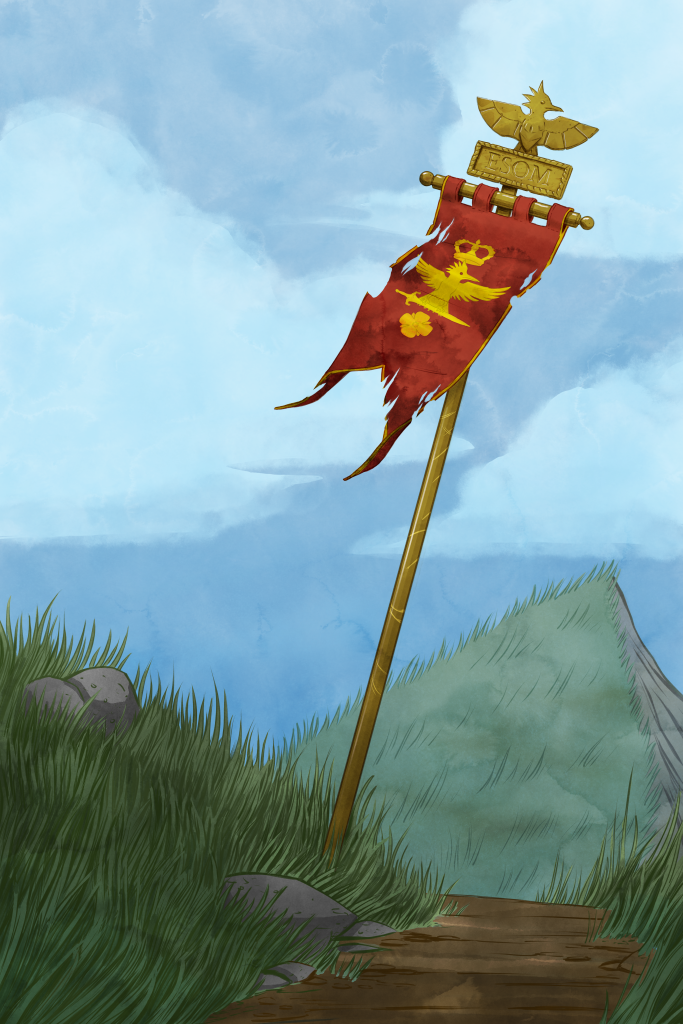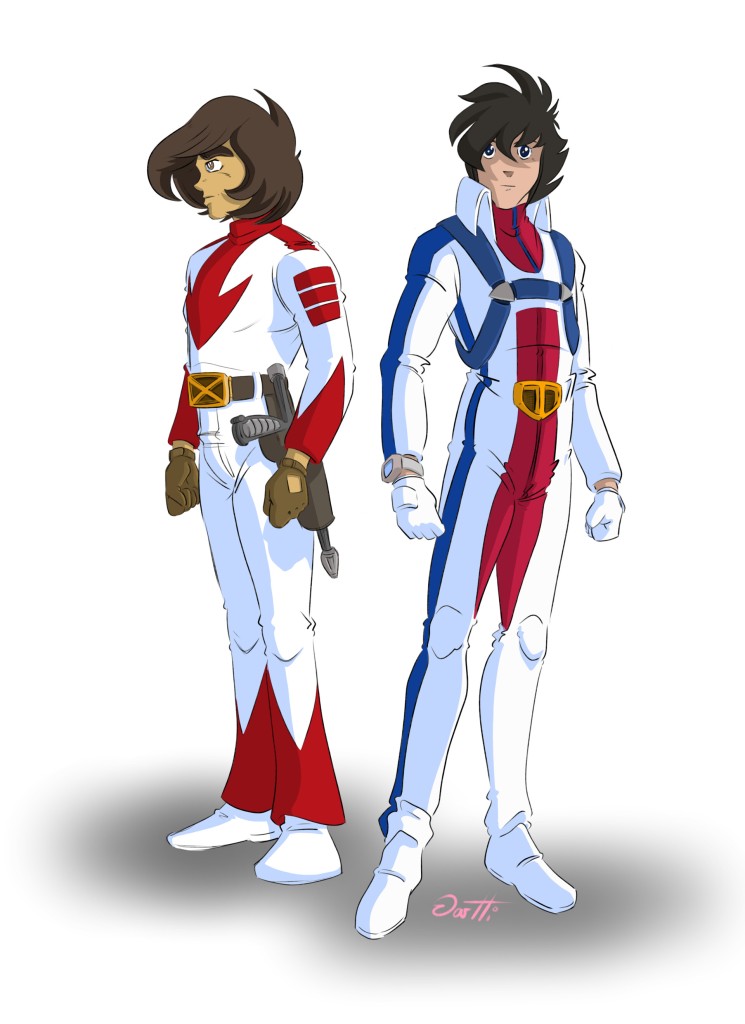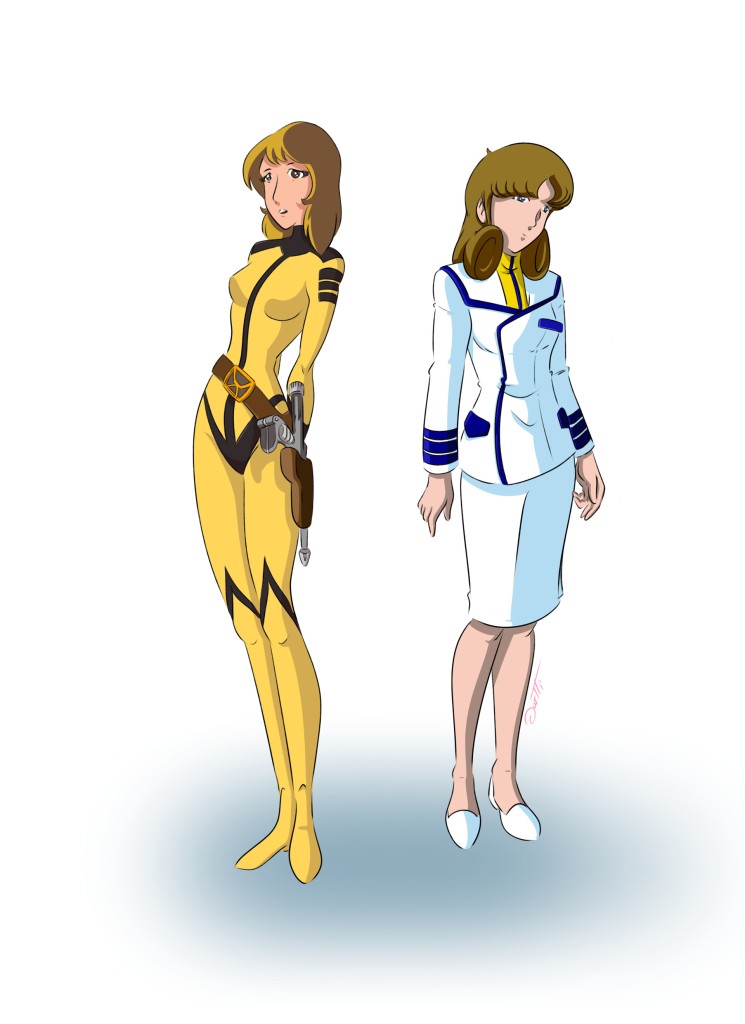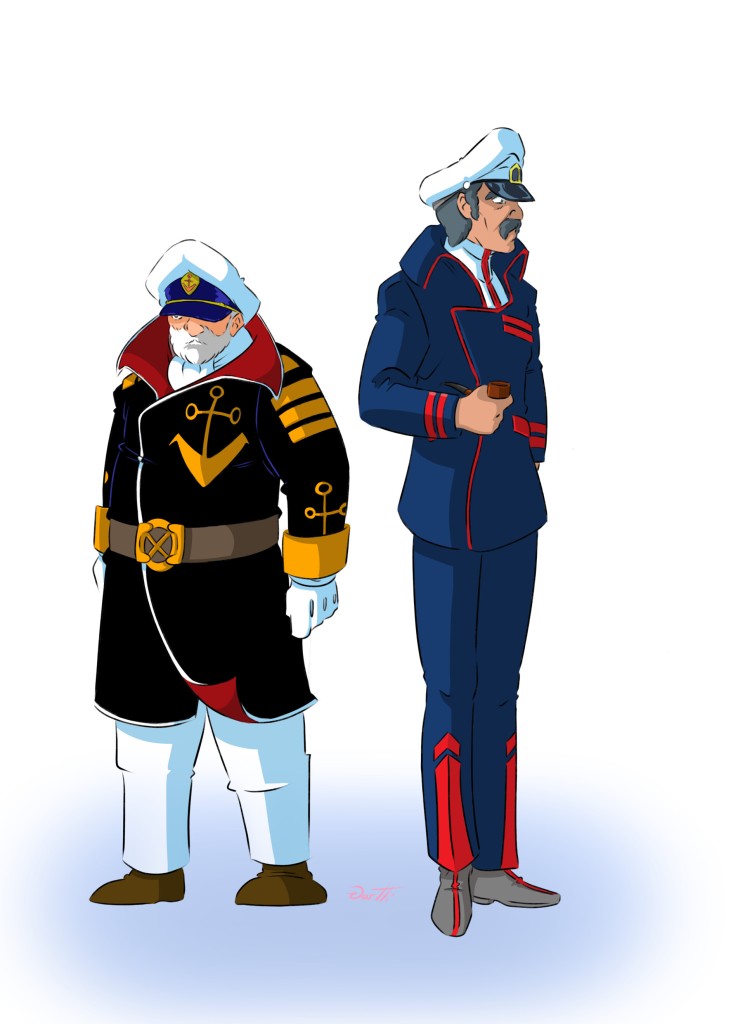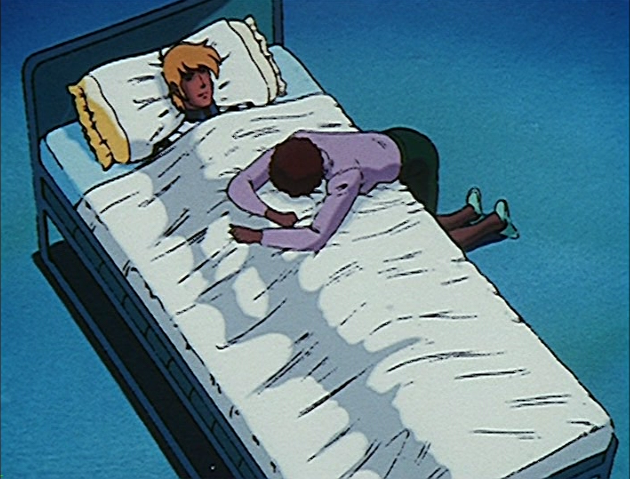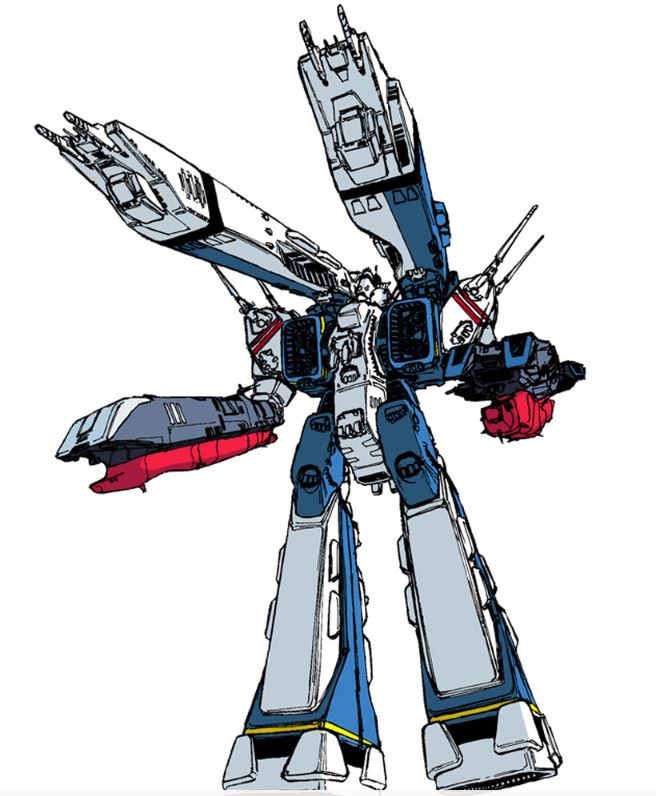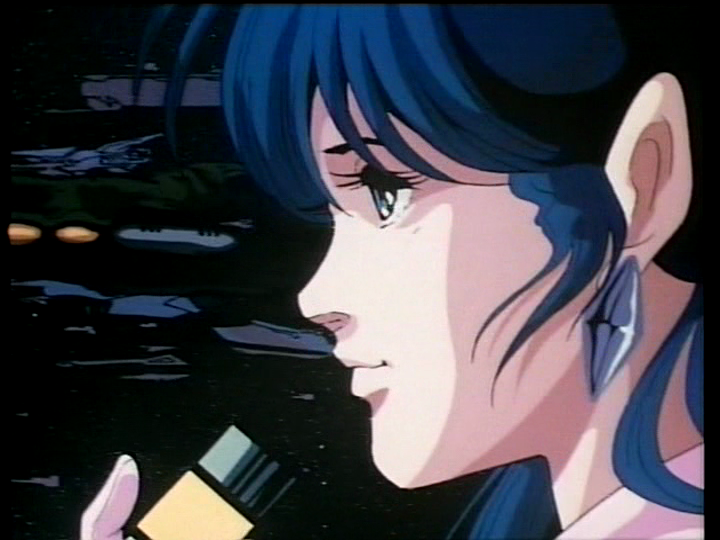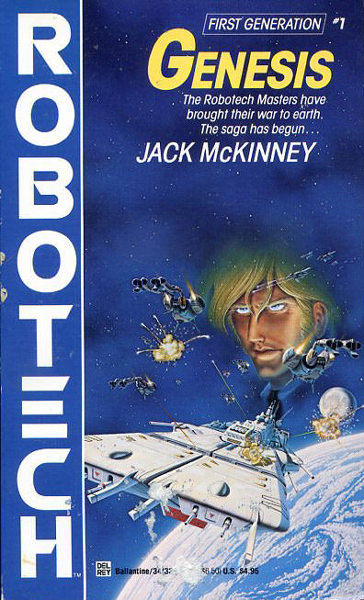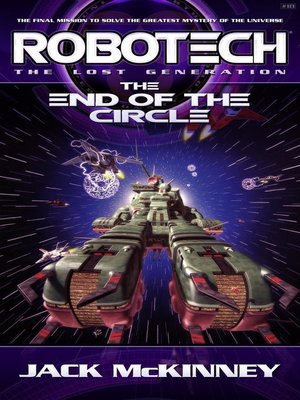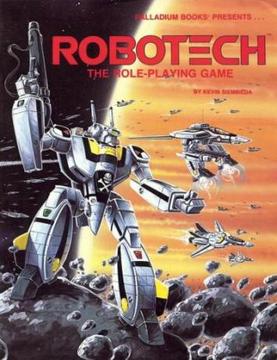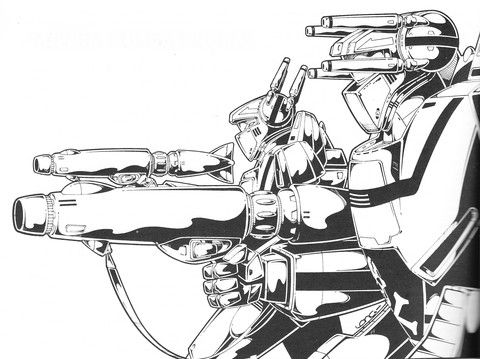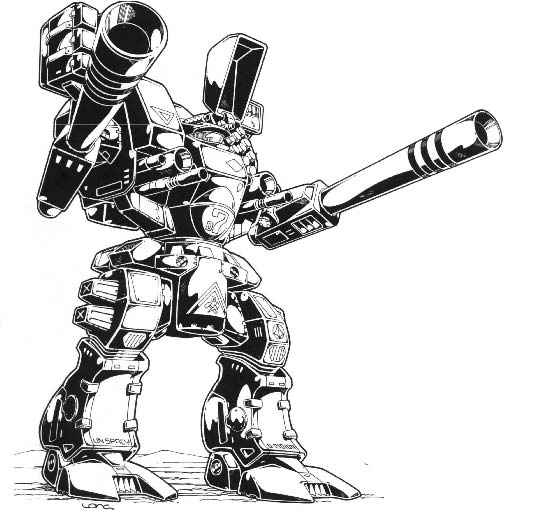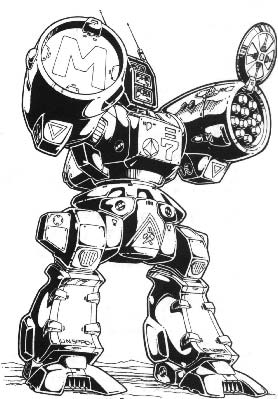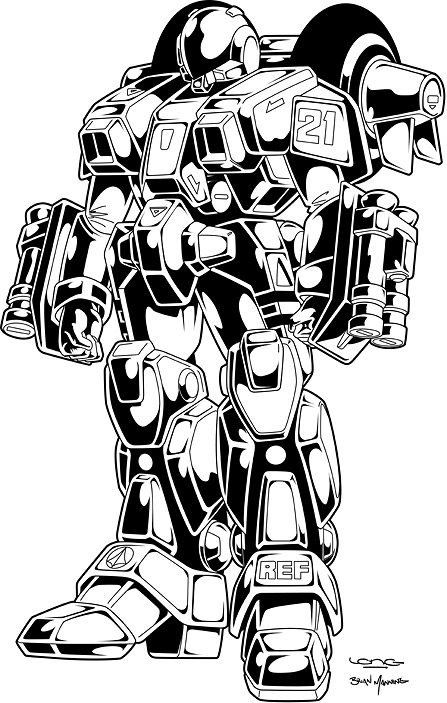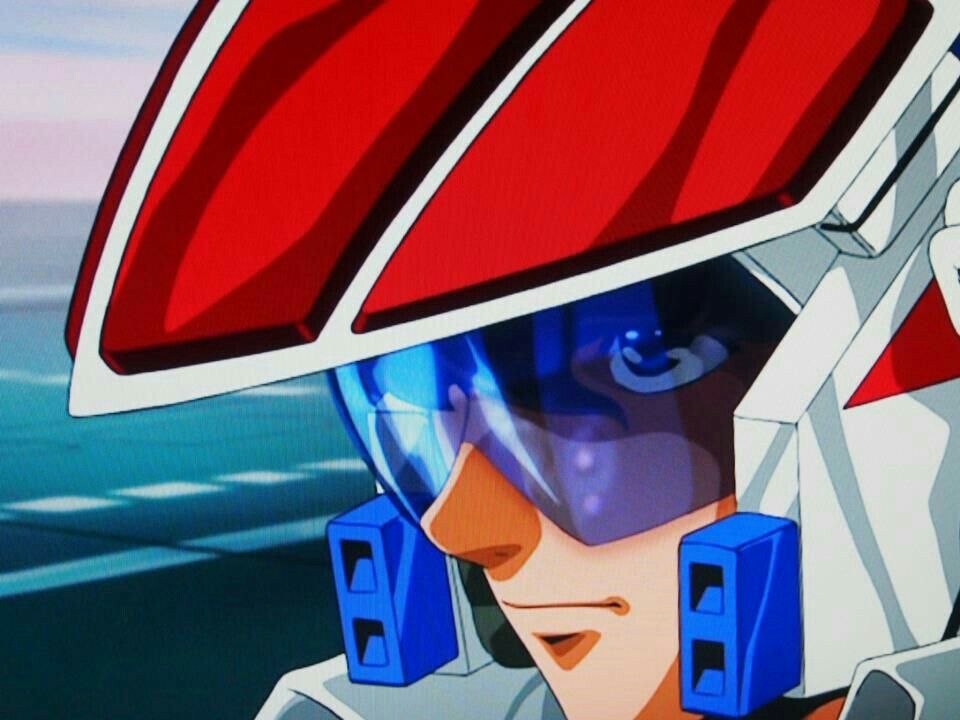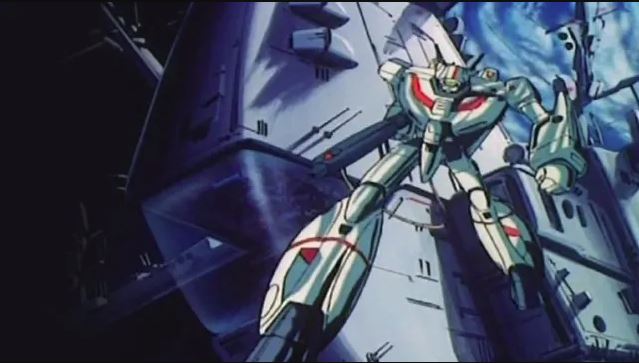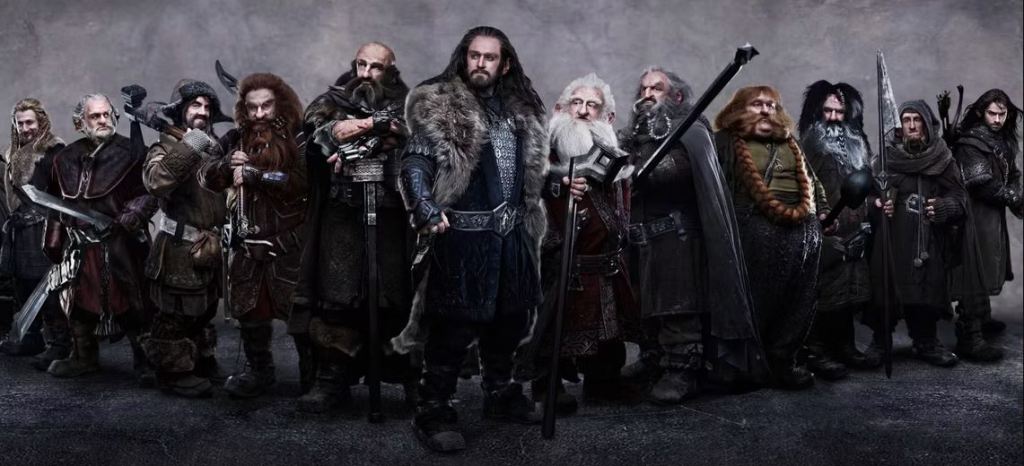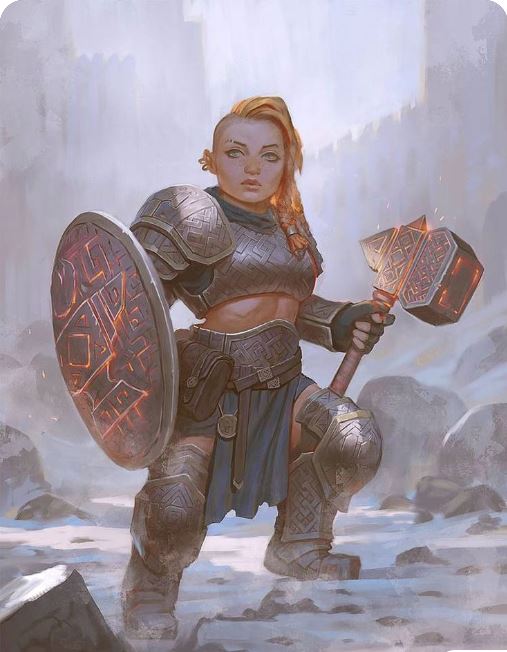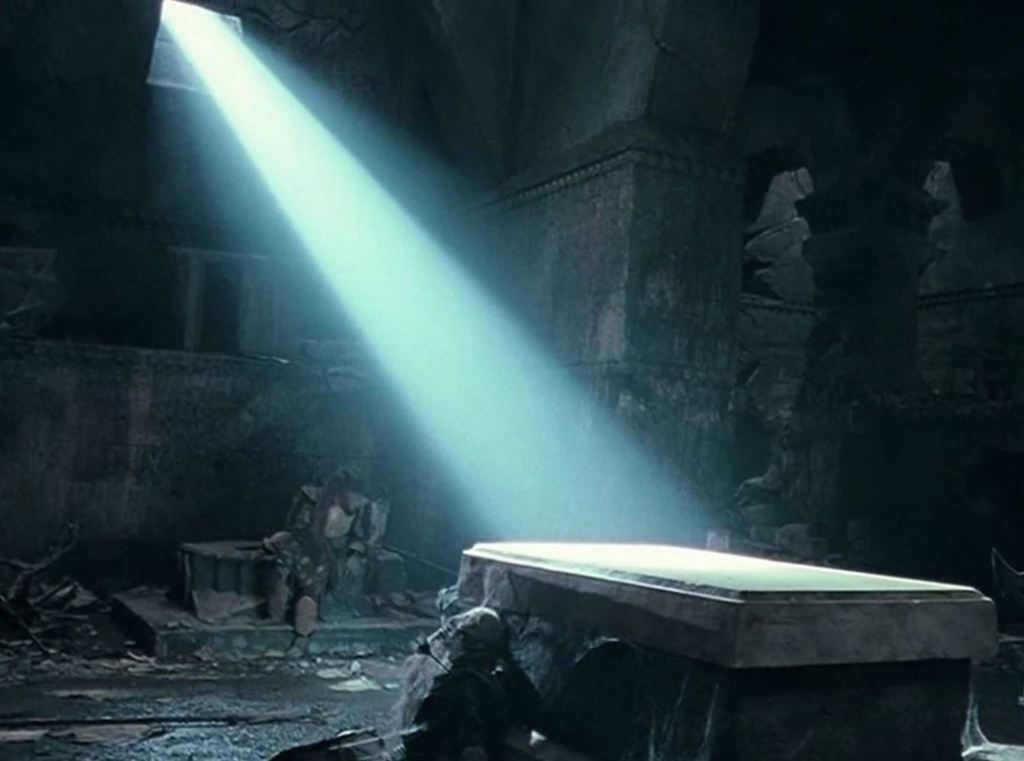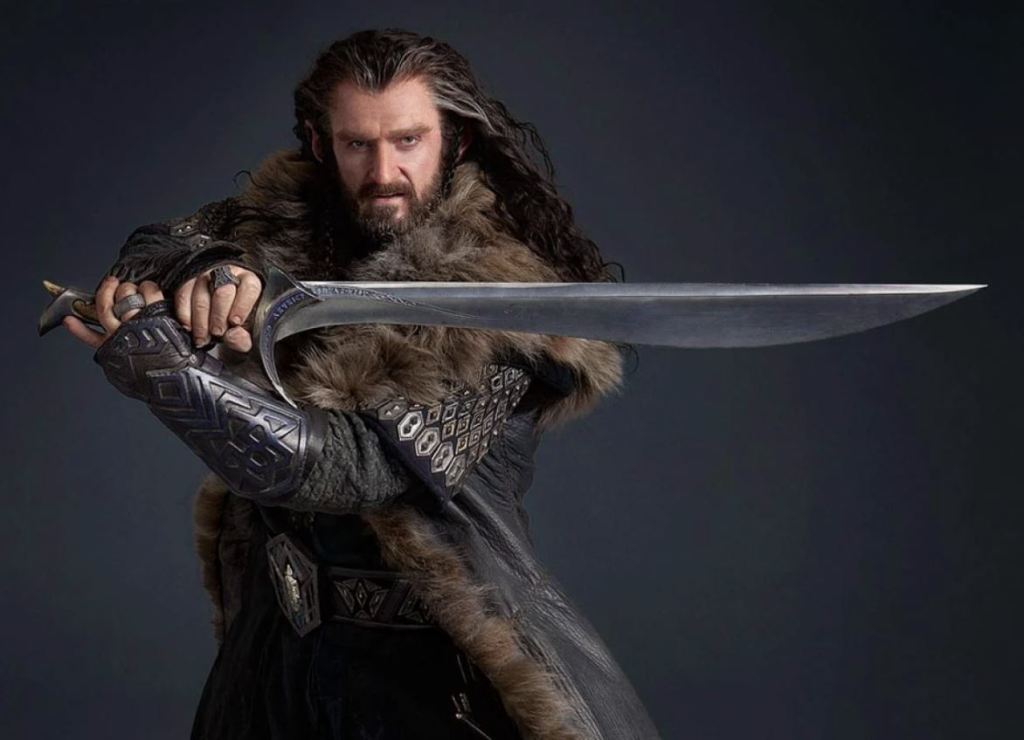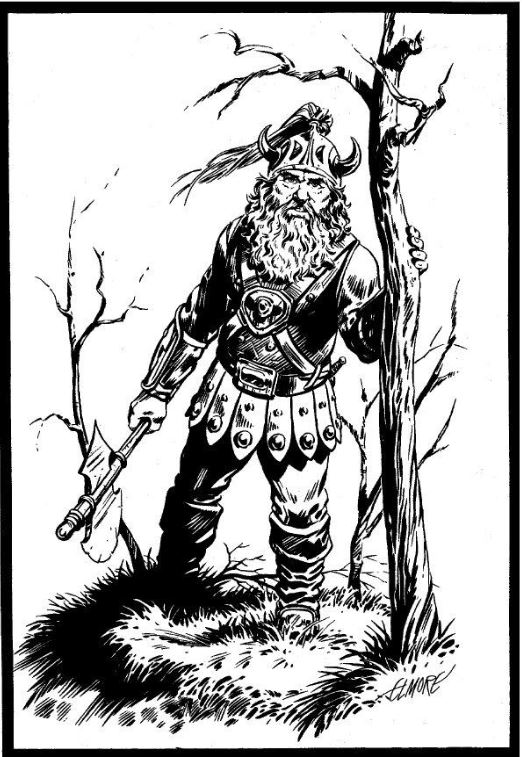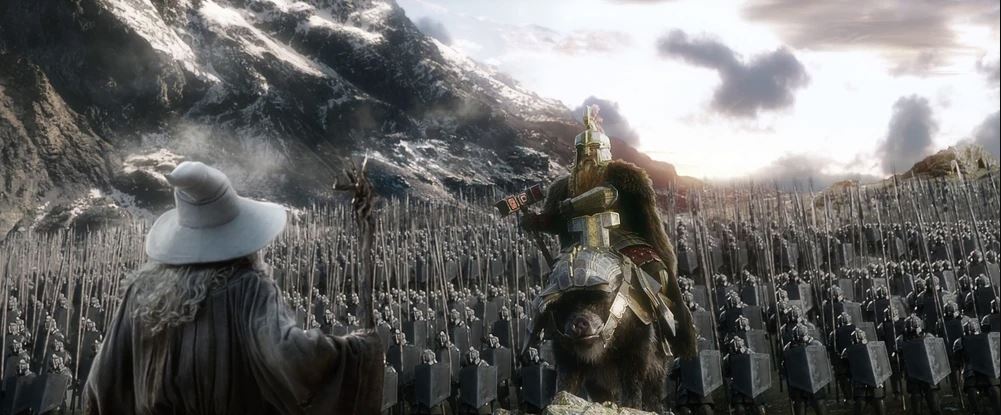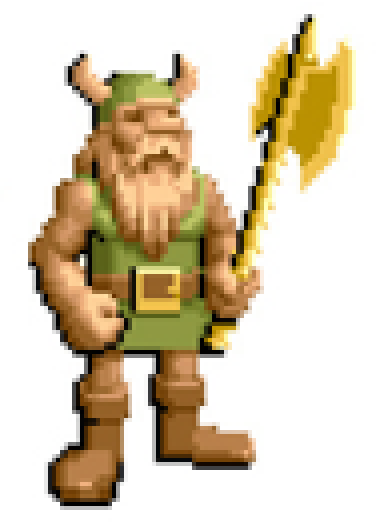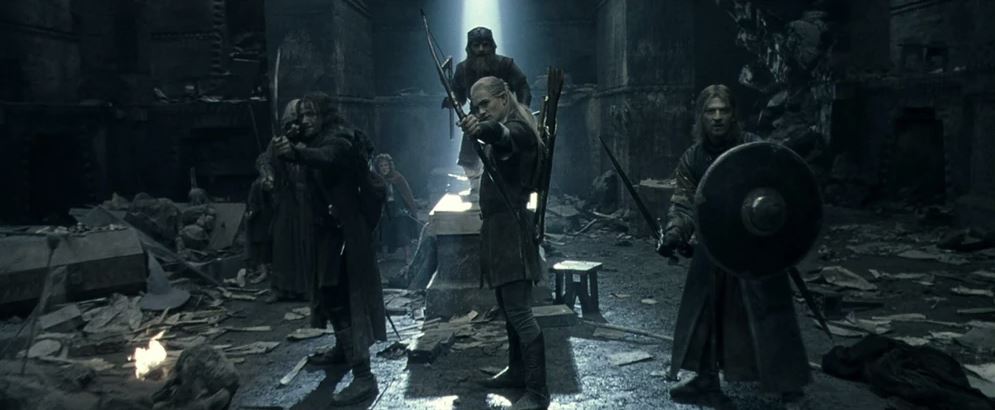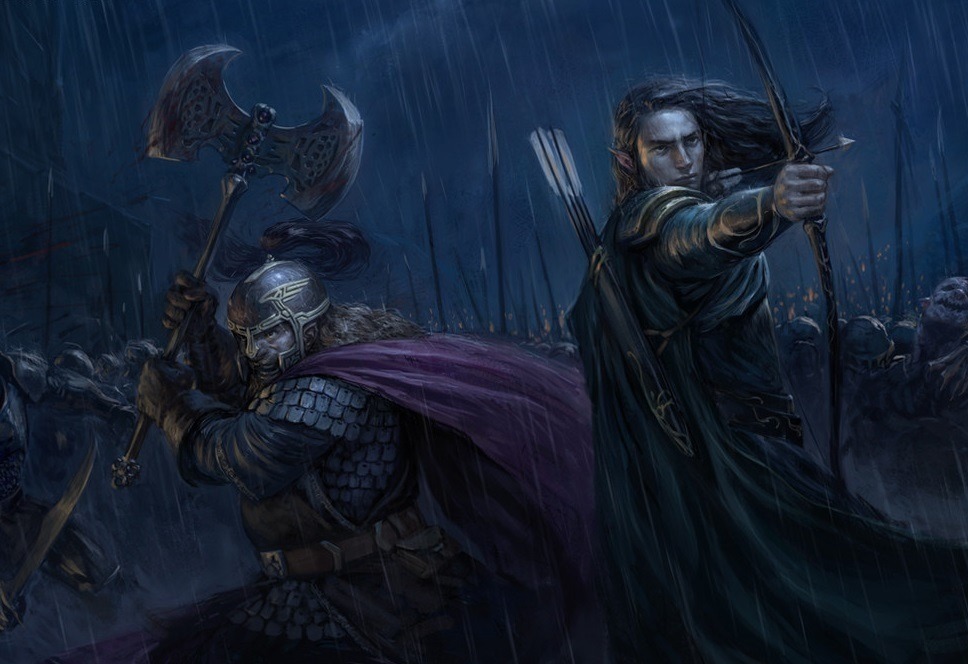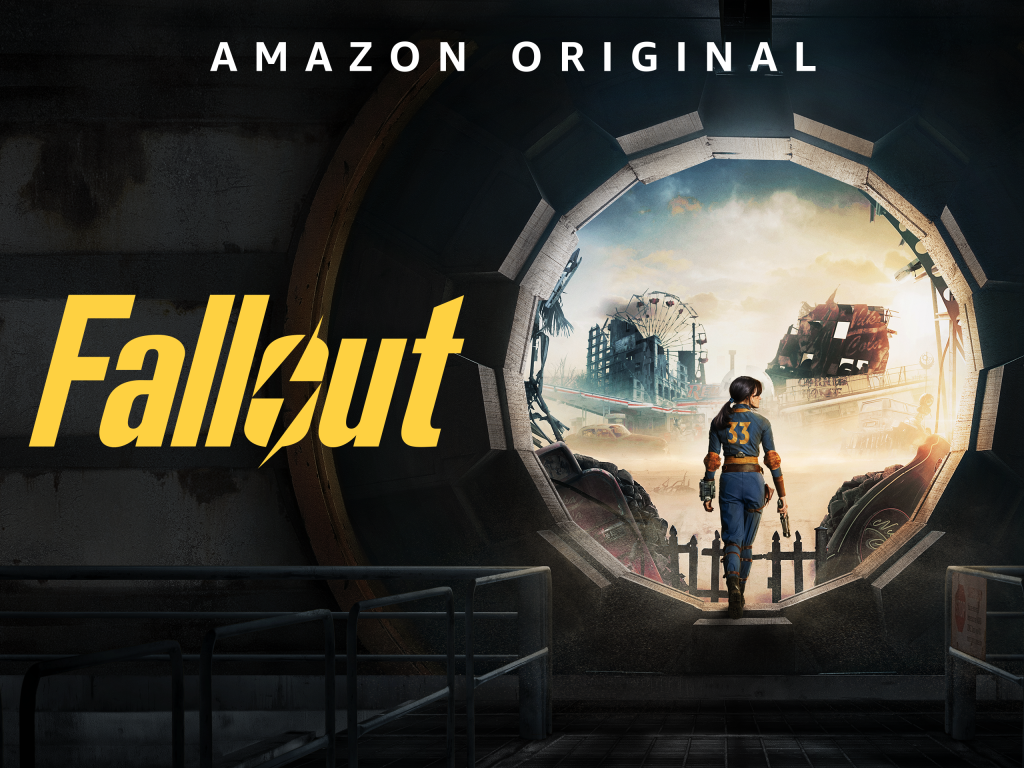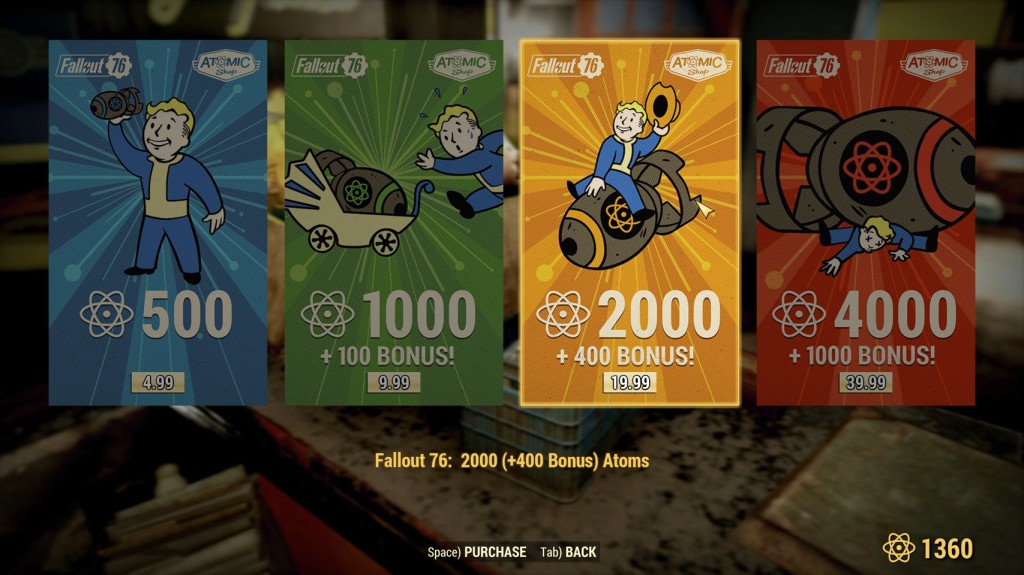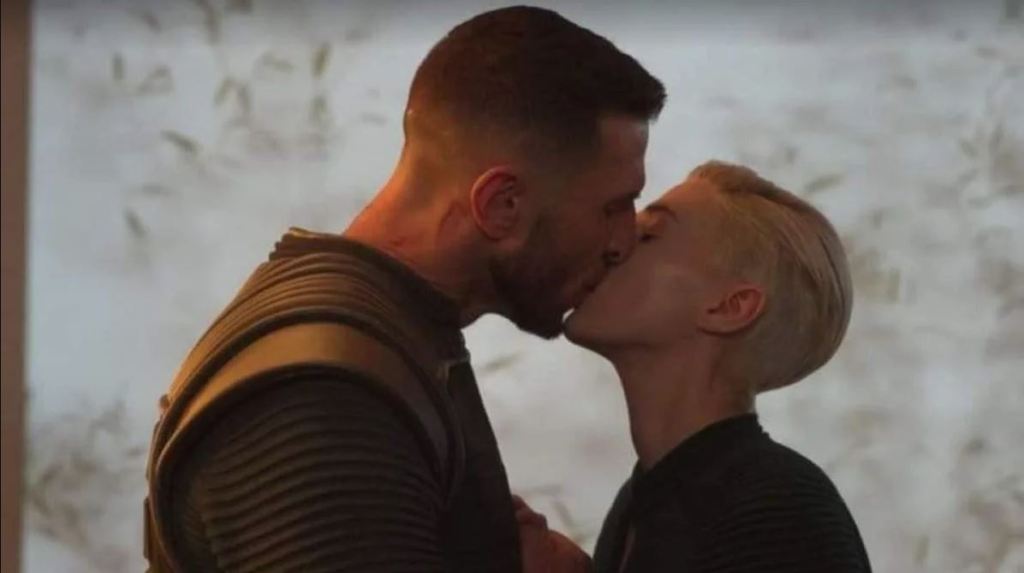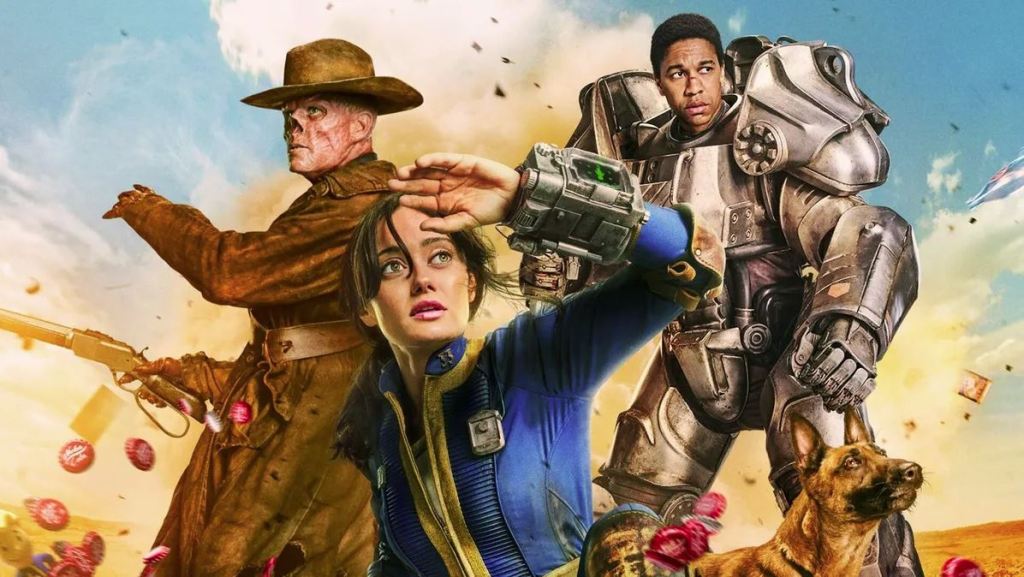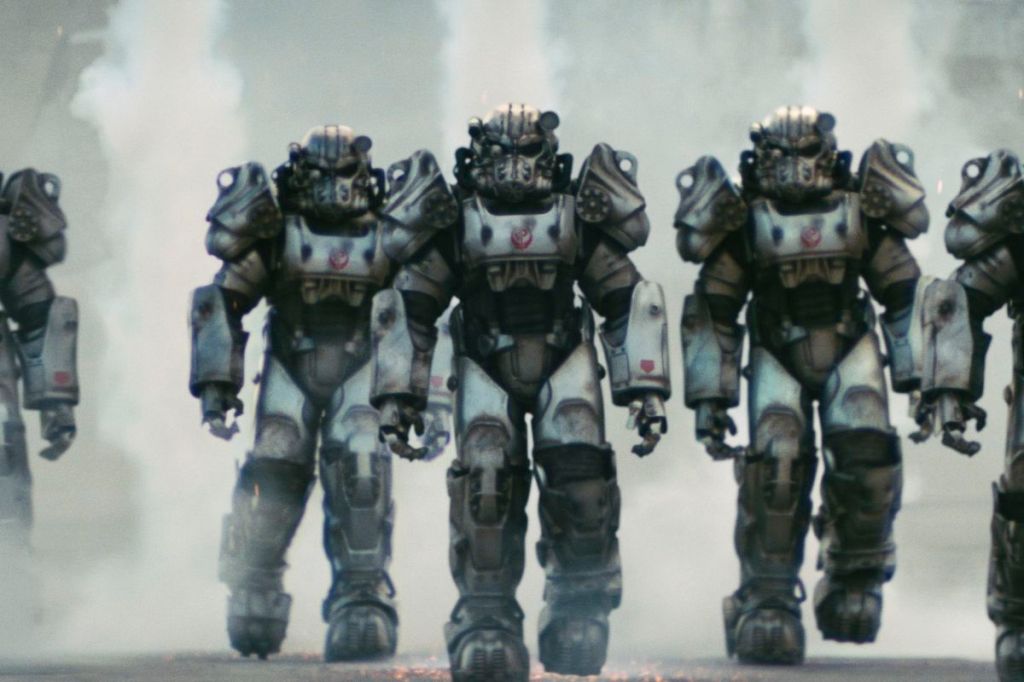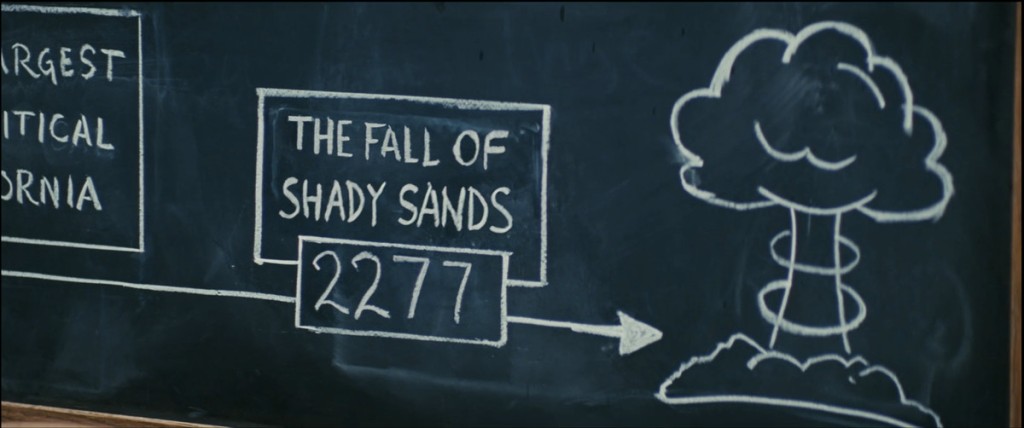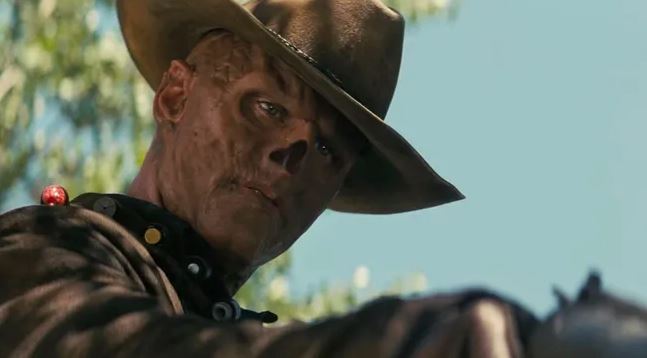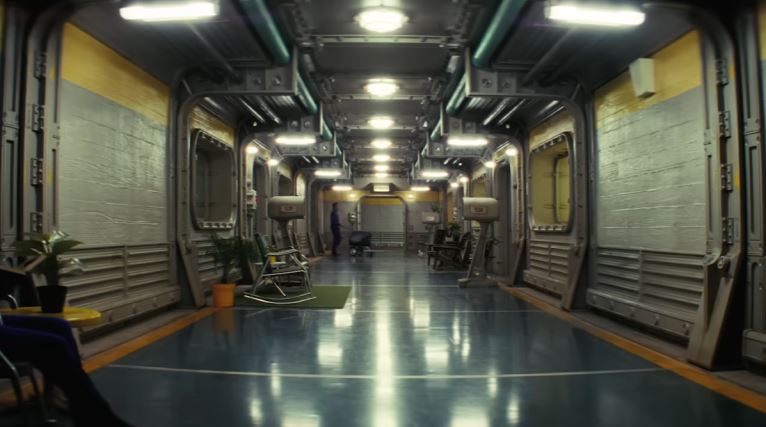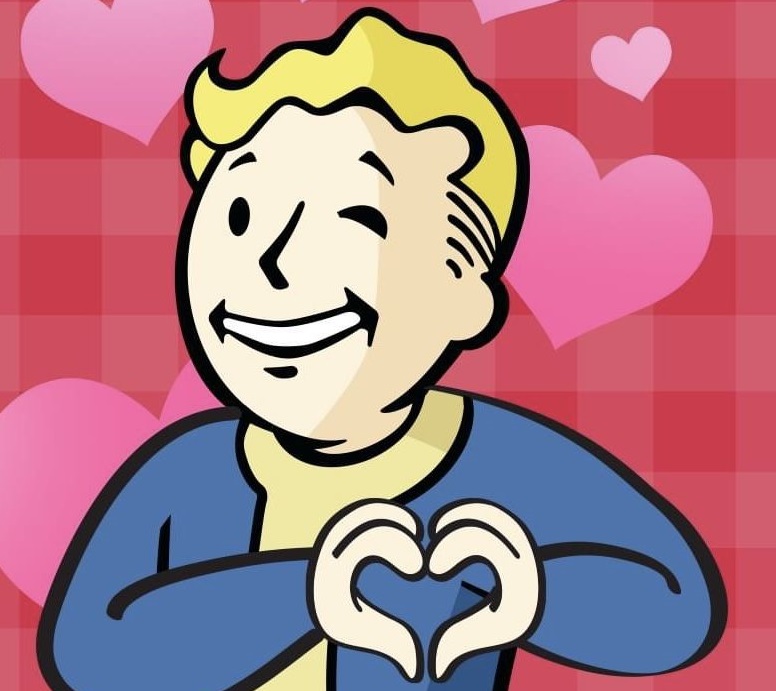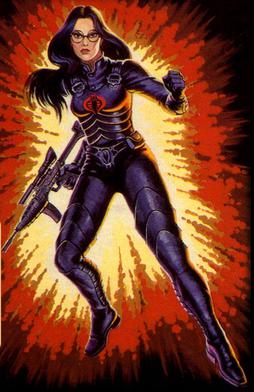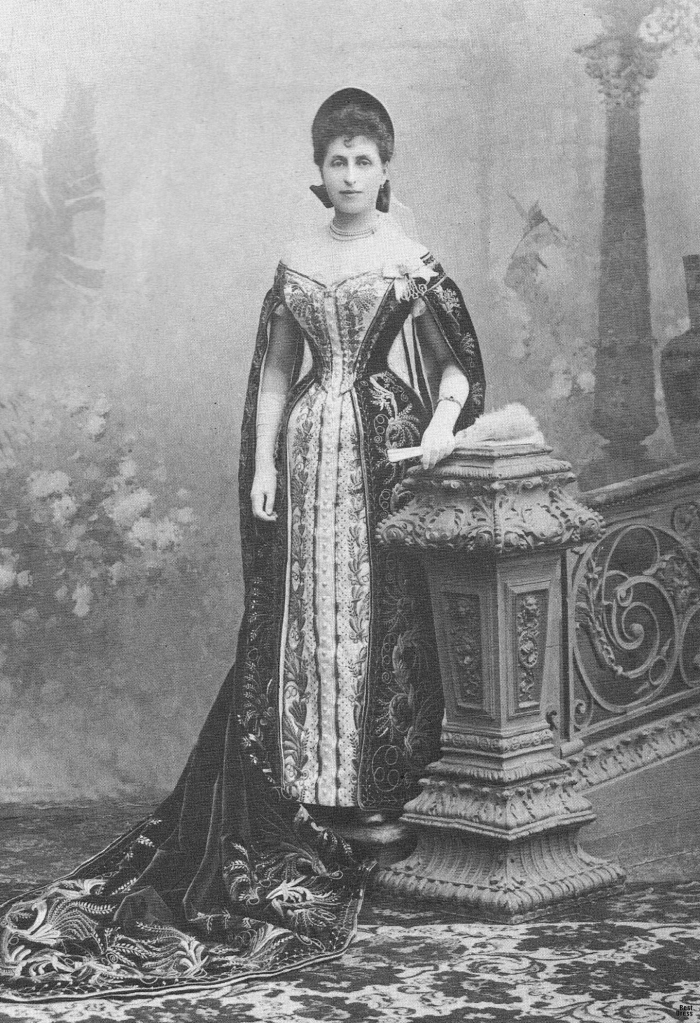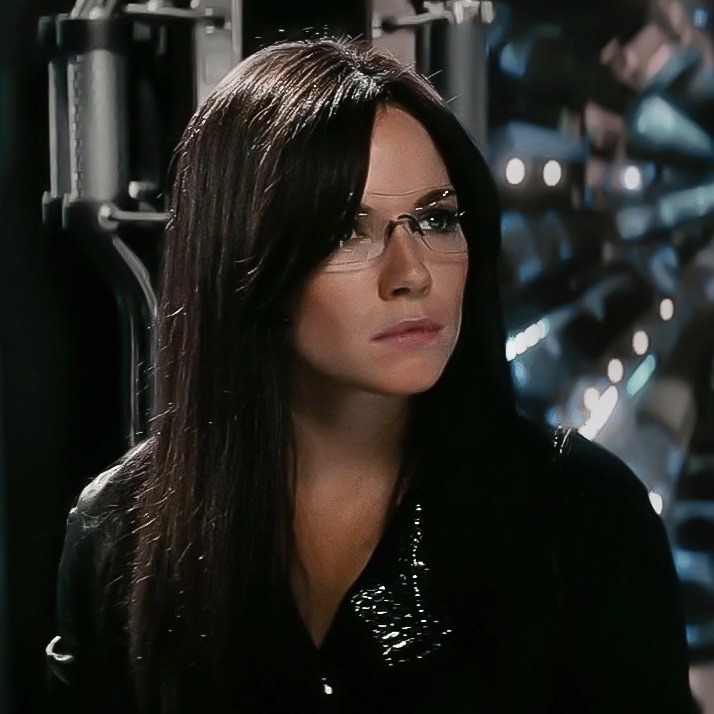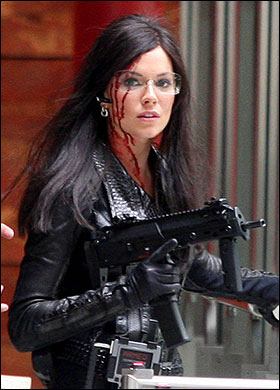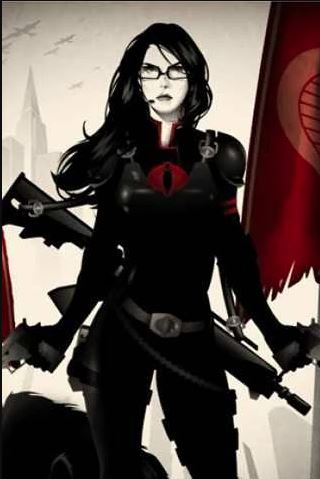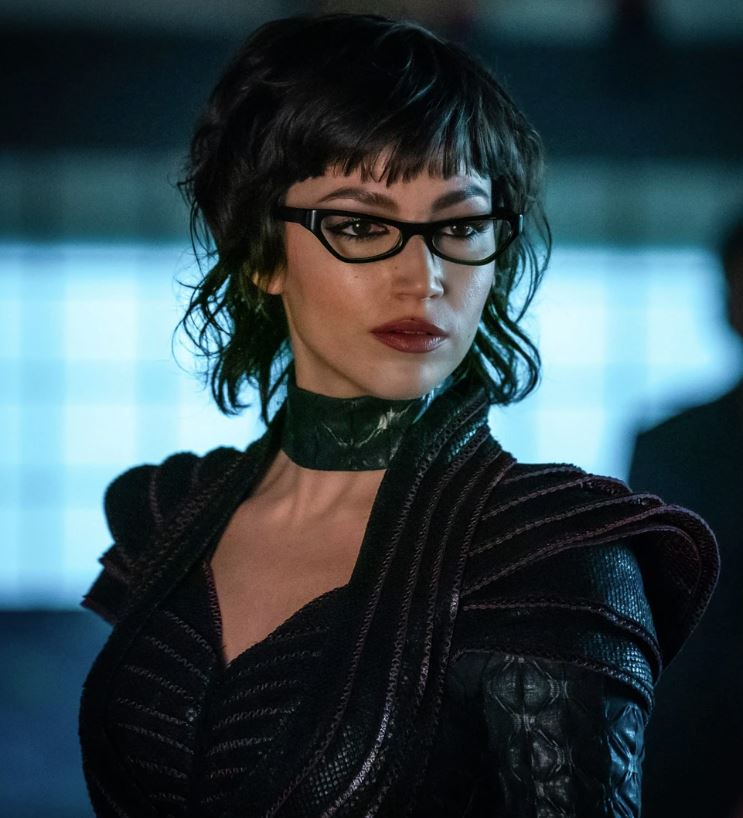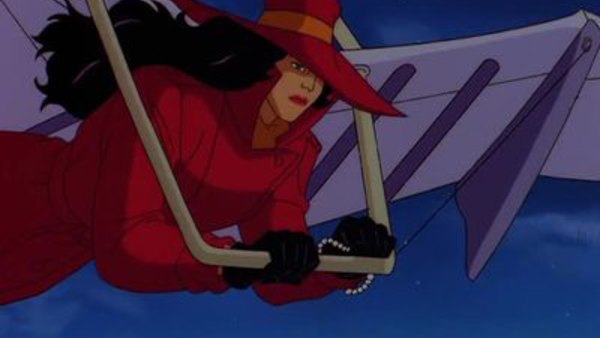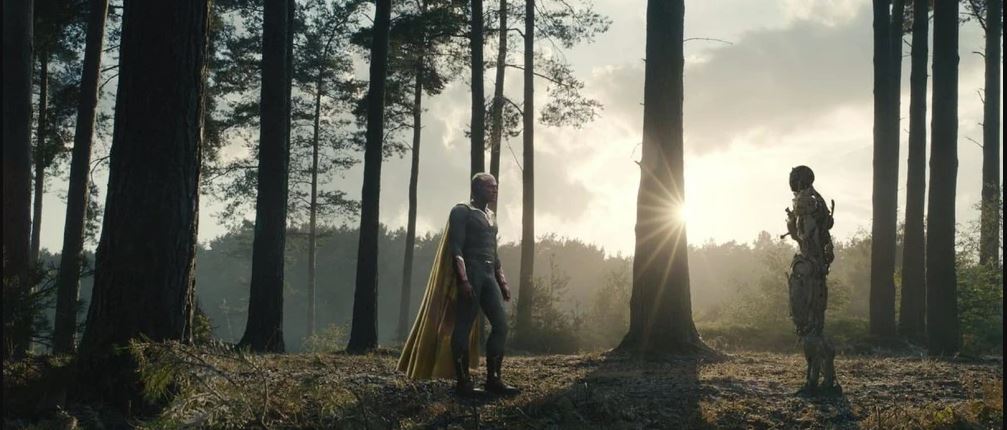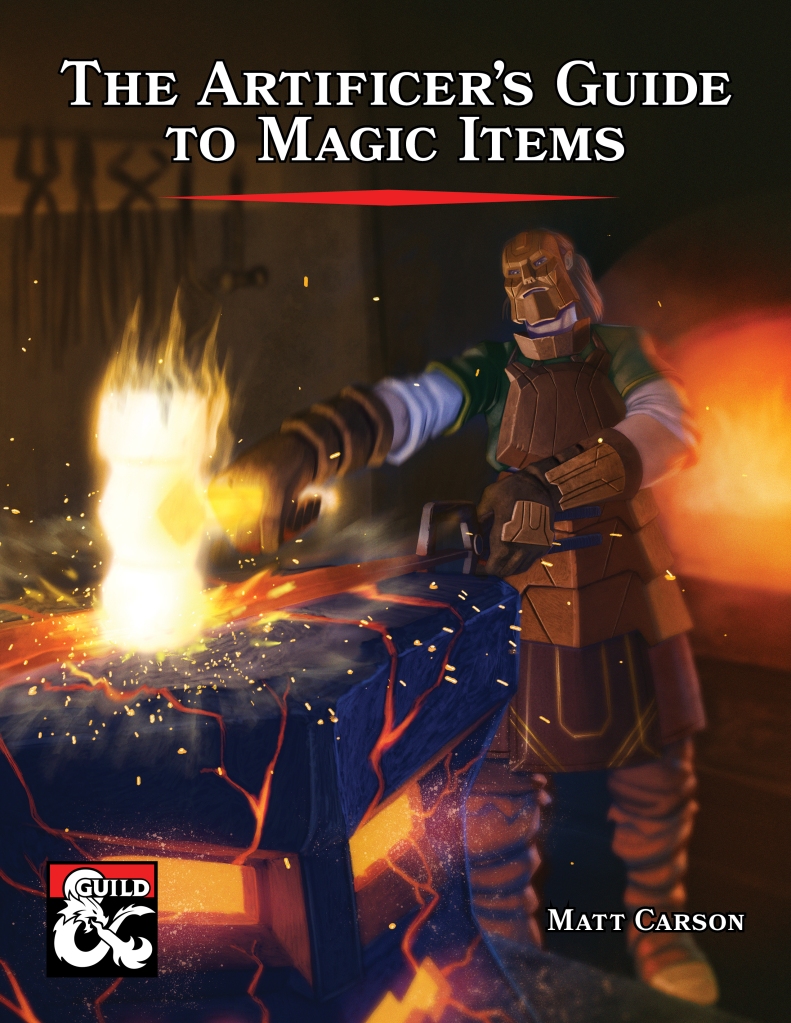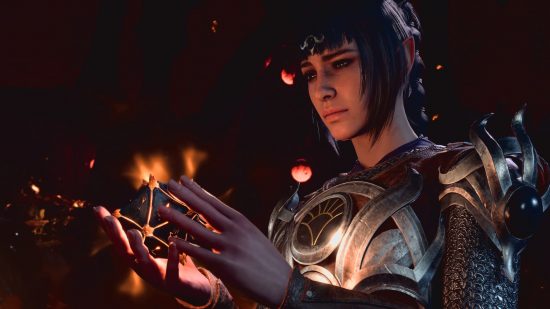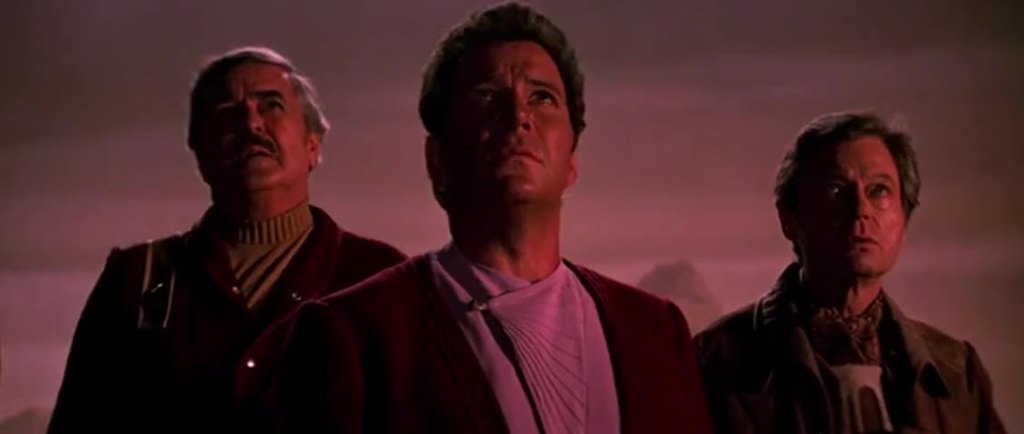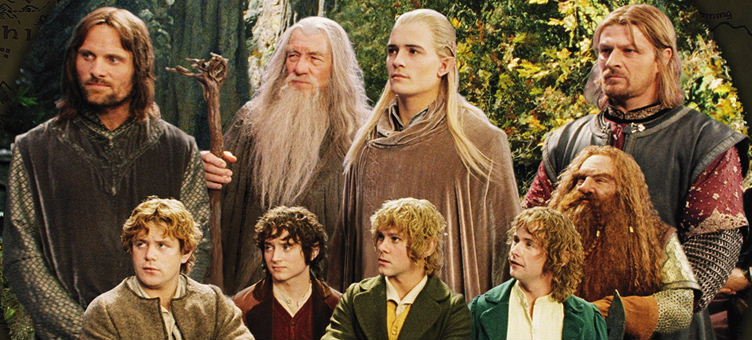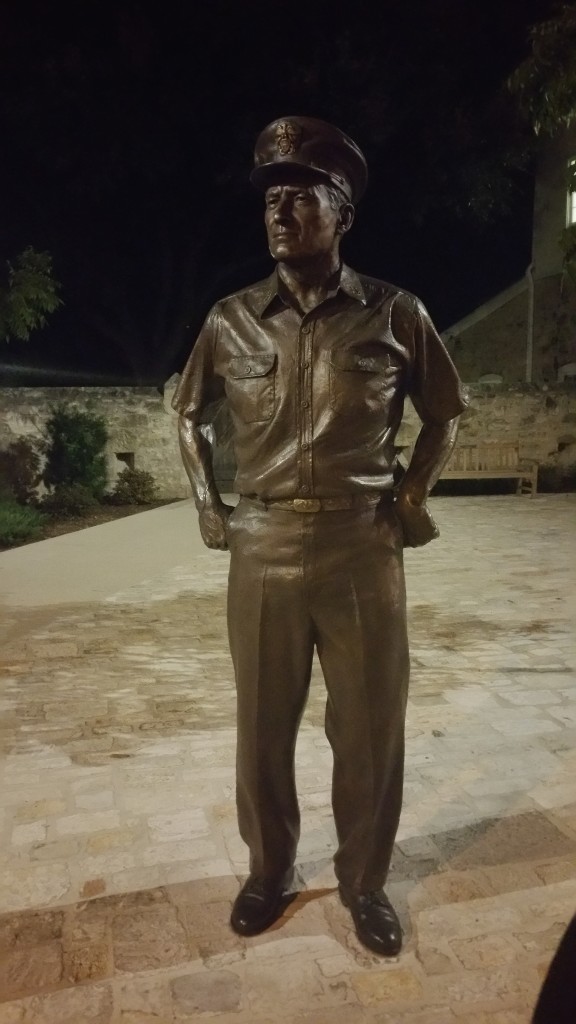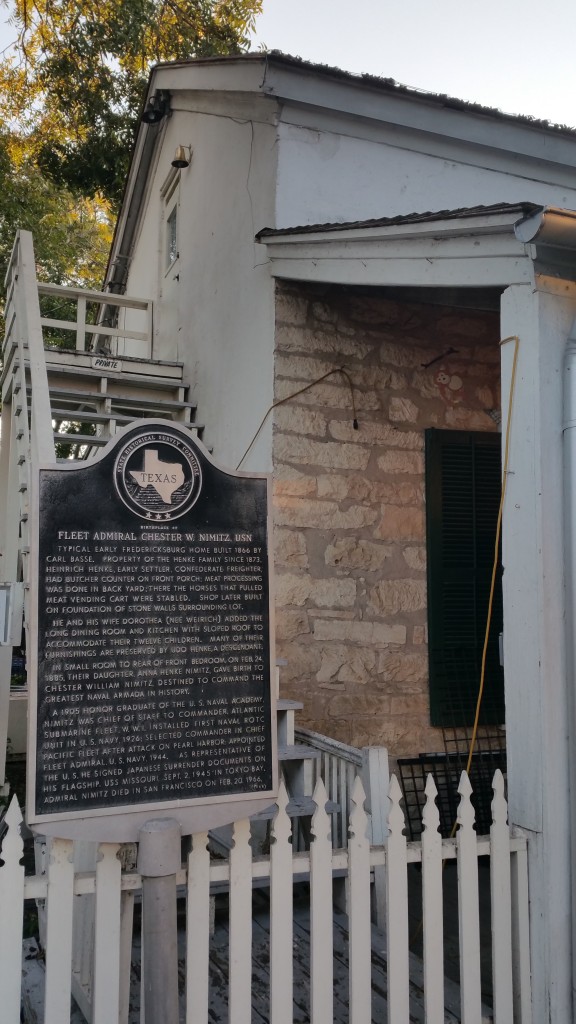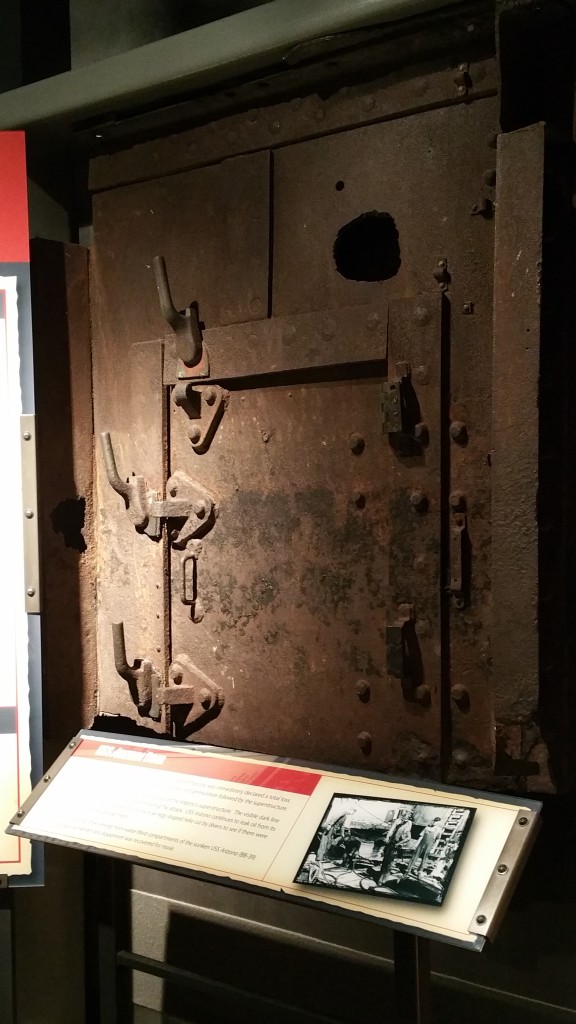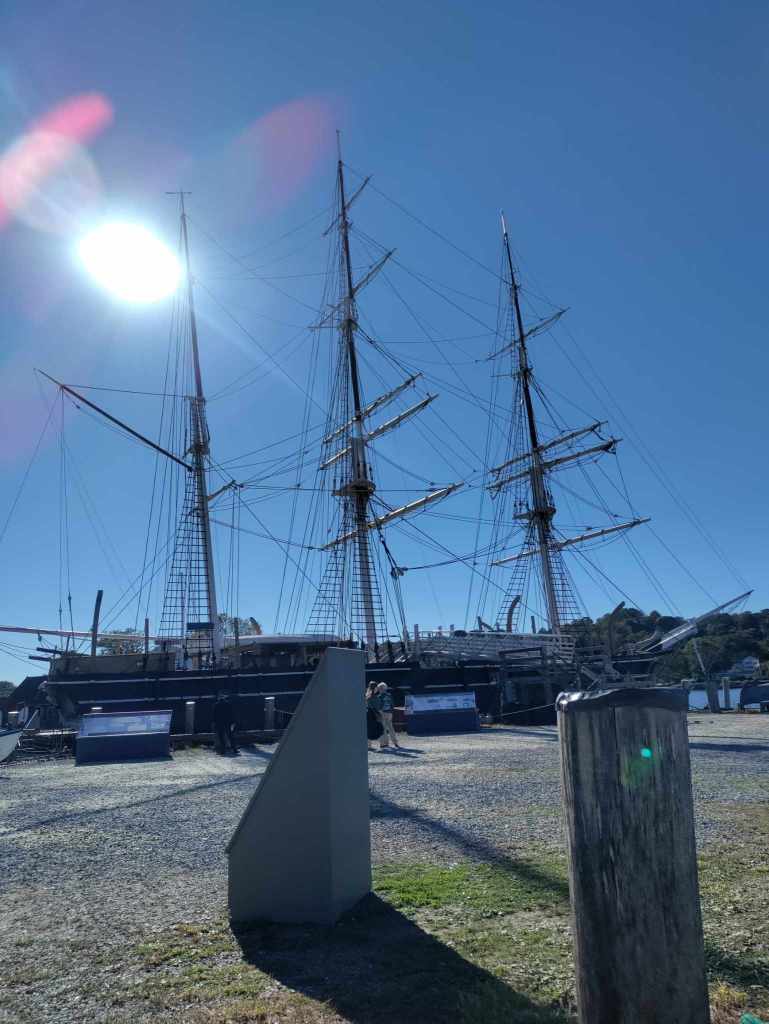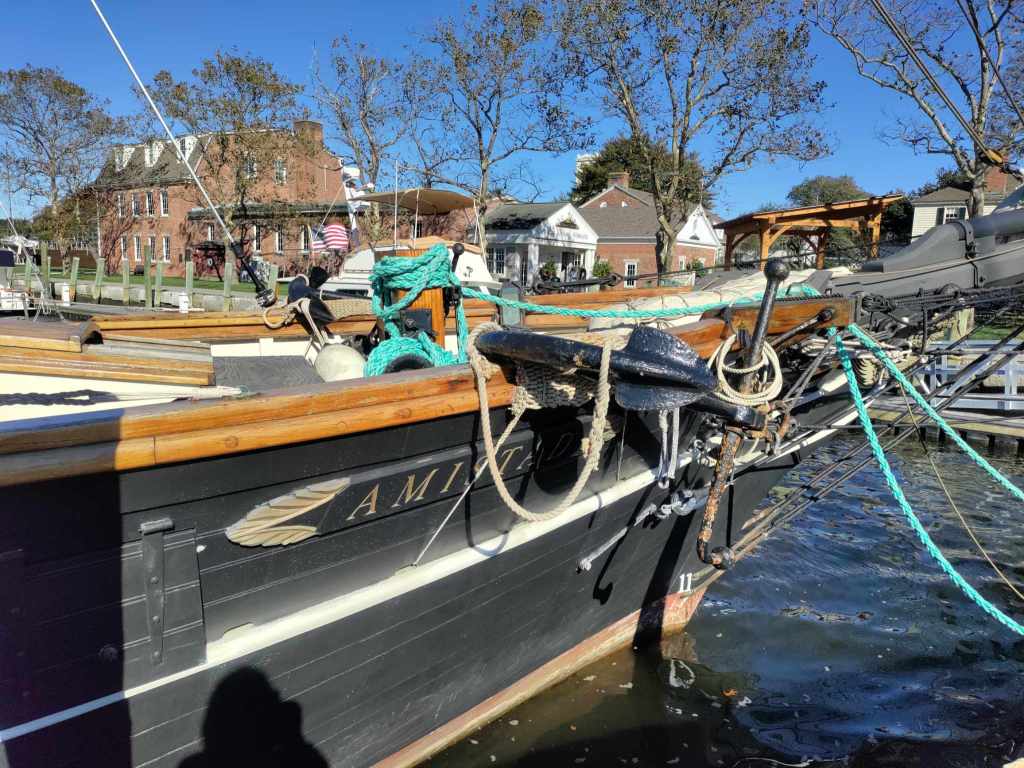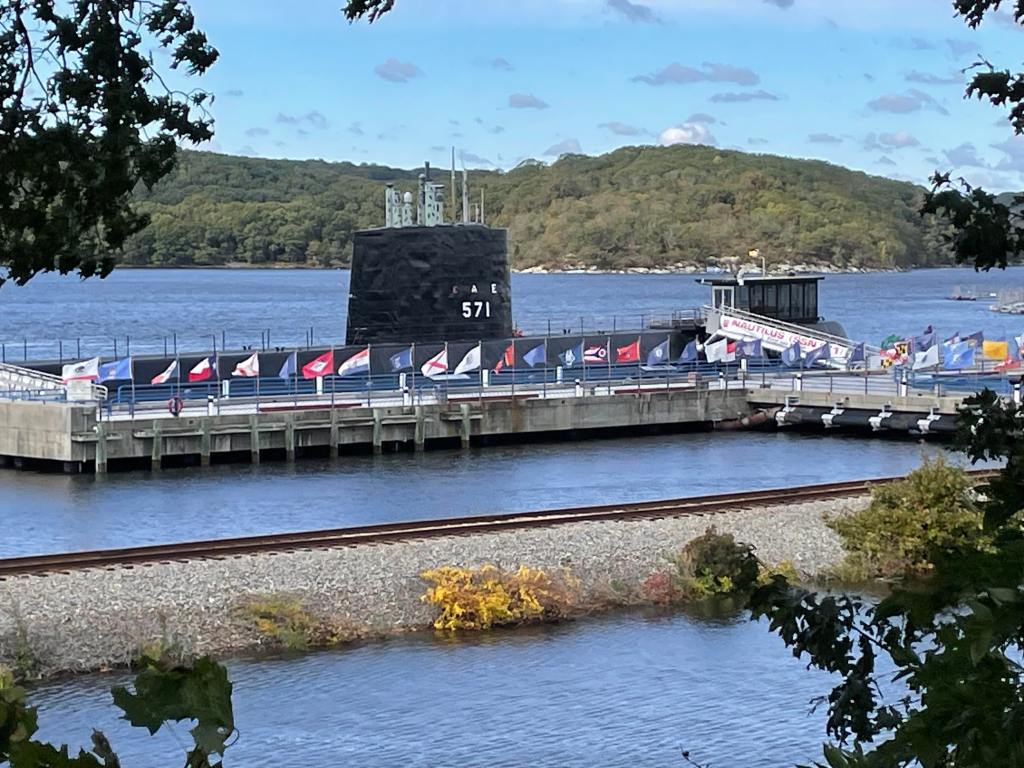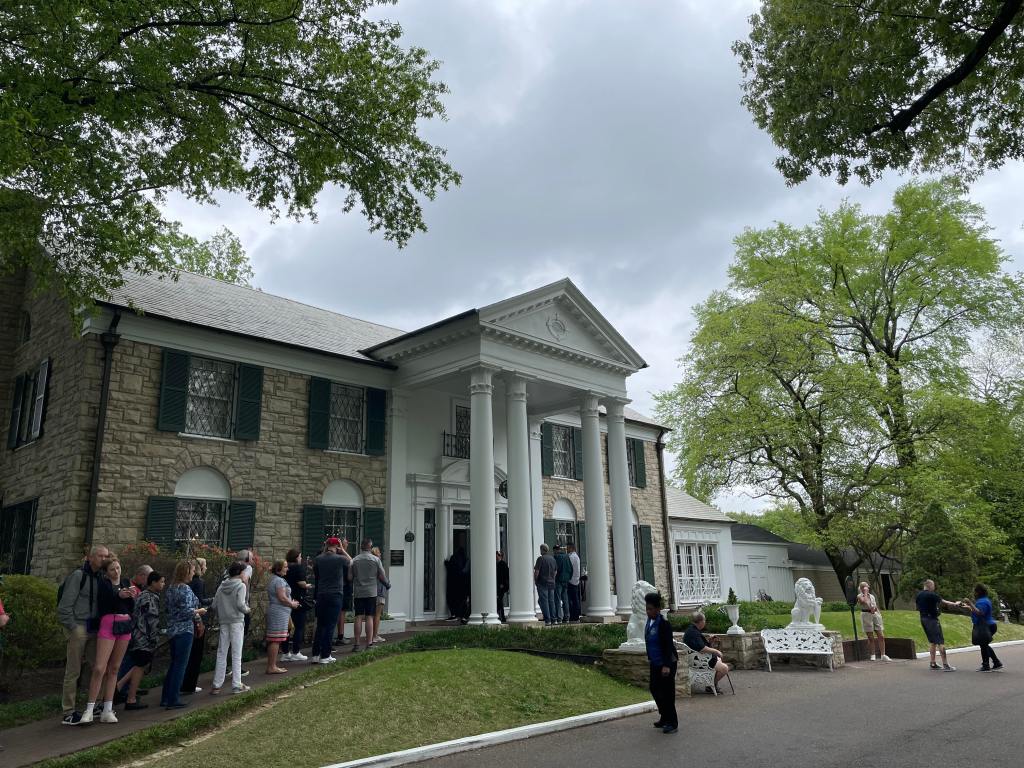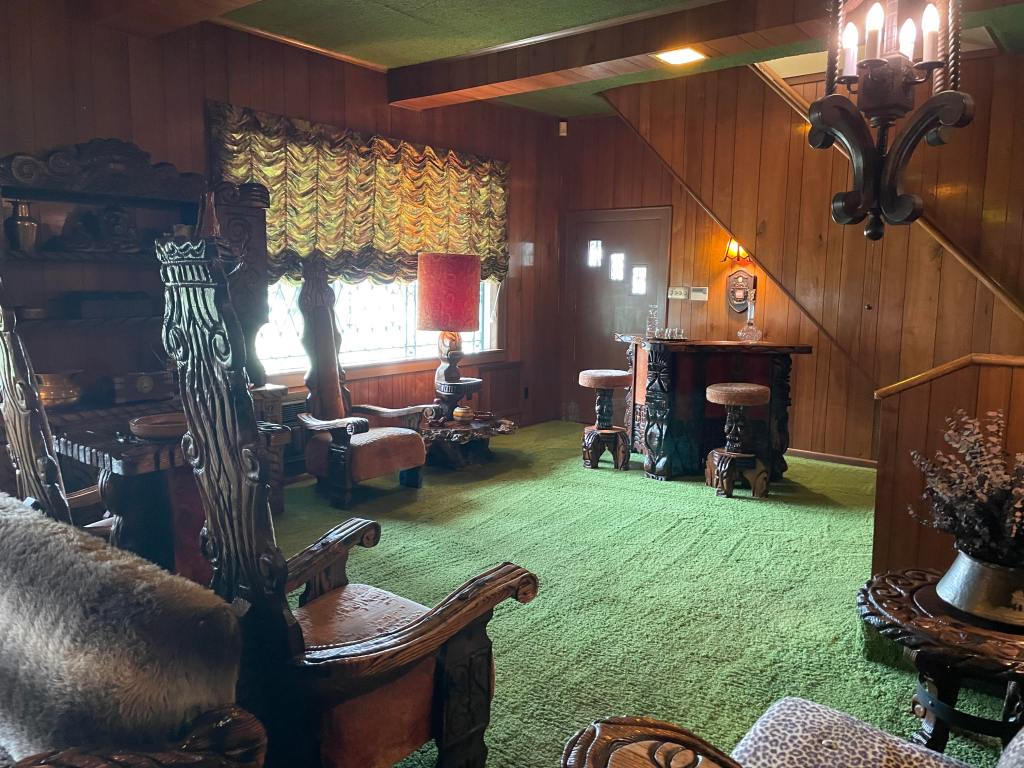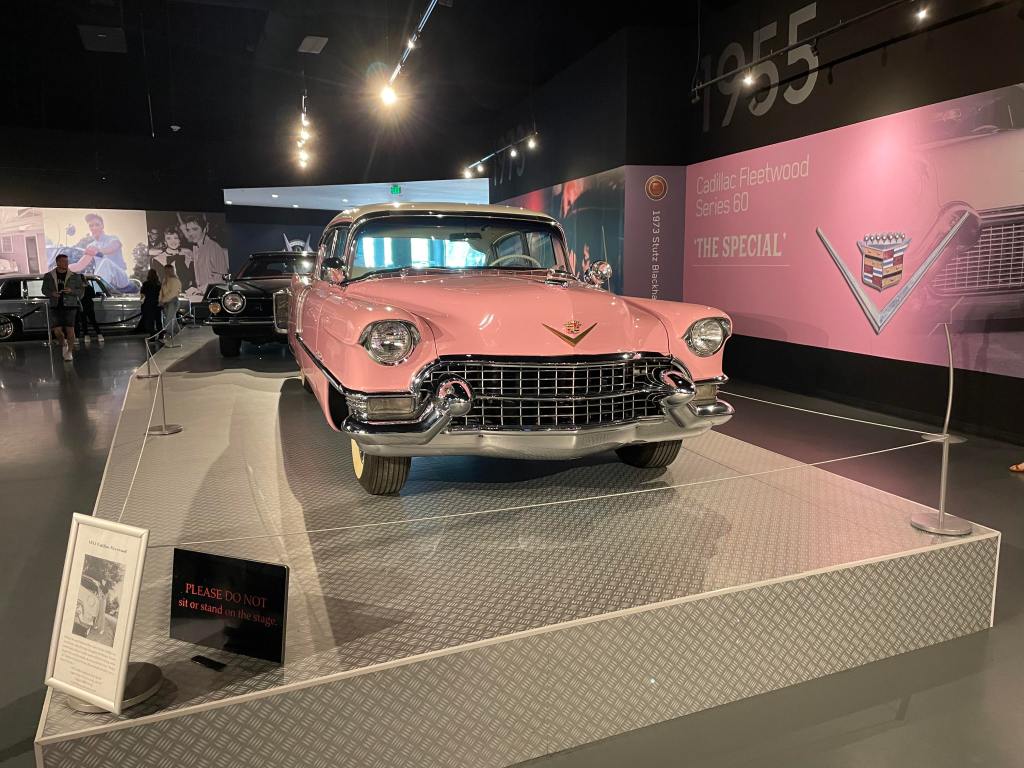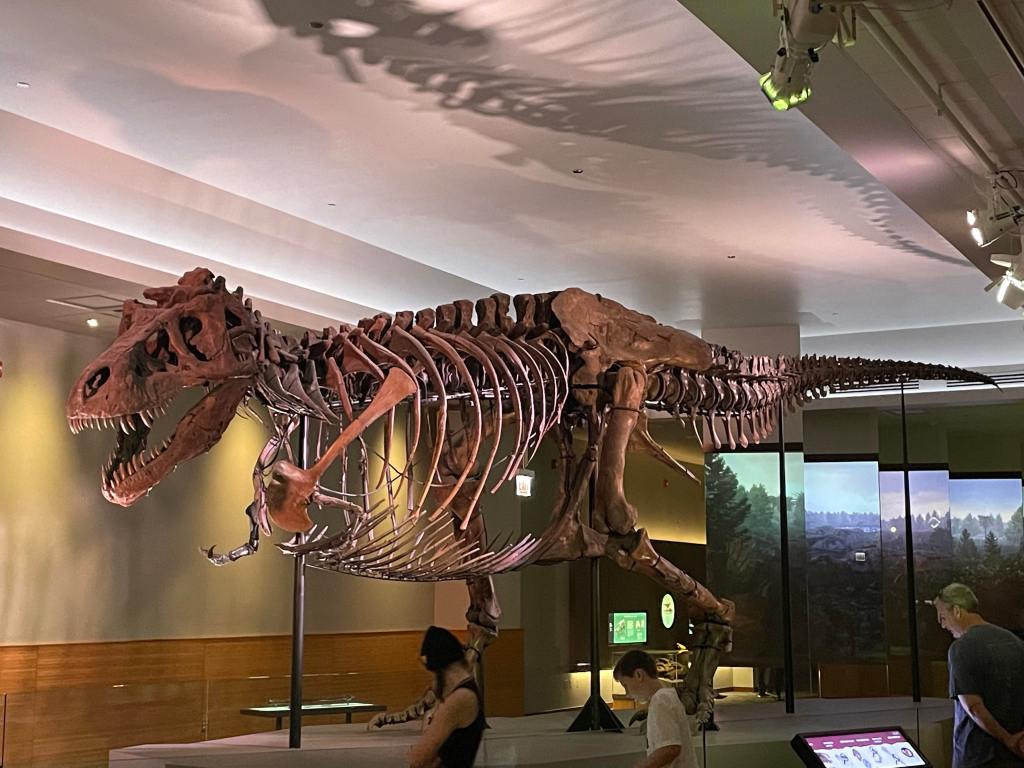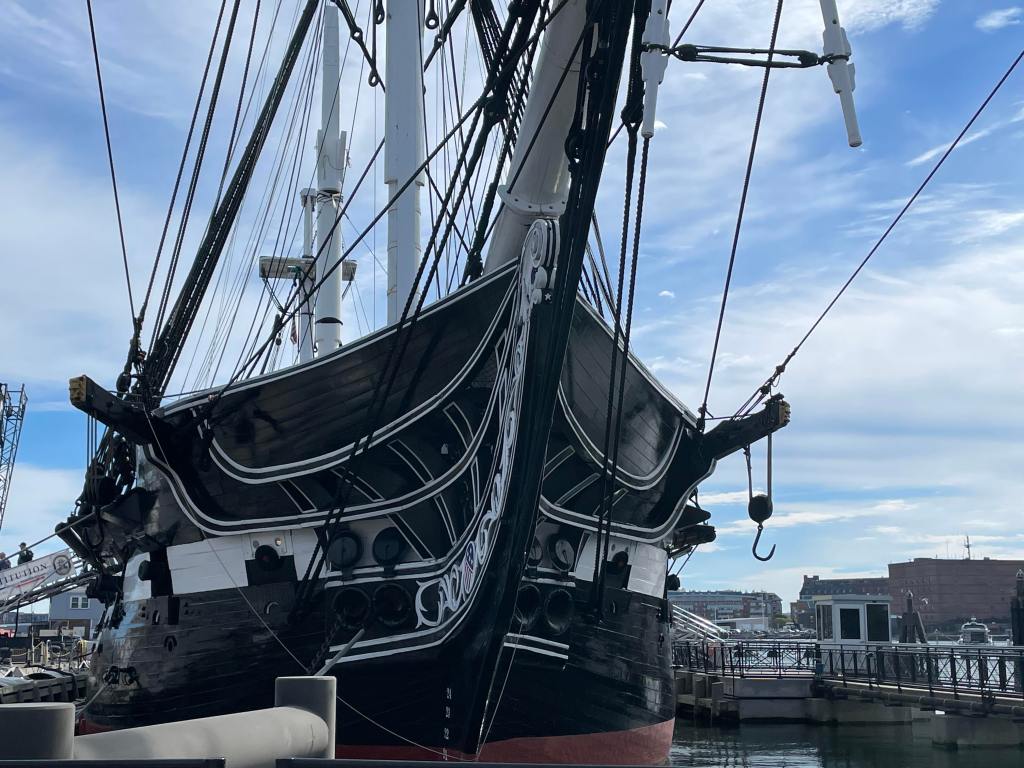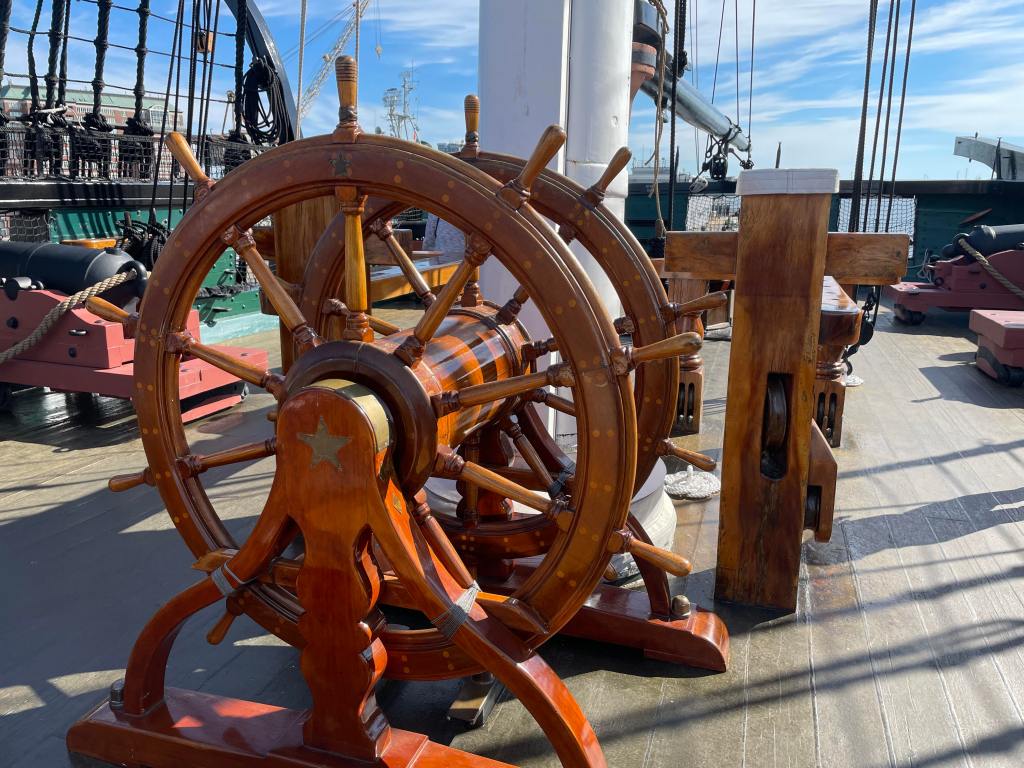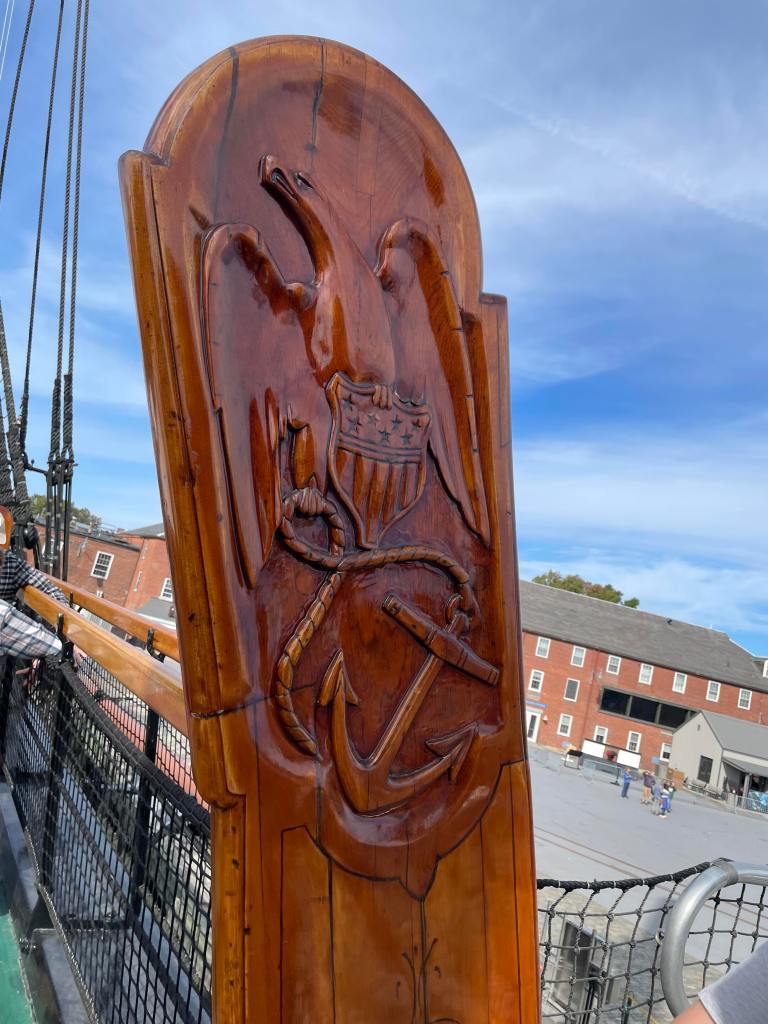[Note: I do not consider myself a movie critic. What follows is just one fanboy’s opinion based off of a single double viewing of the film. Oh, and there are SPOILERS ahead for this movie, so take heed.]
You know, it’s been a while since I’ve given a movie the full fanboy-review treatment. It’s certainly the first time in a long while that the movie in question was a Marvel project (not since Doctor Strange and the Multiverse of Madness).
Once my interest in the MCU started to wane, I said that I wouldn’t write about movies that I didn’t like. So, for the very fact that this blog post exists should give you an idea of what I thought about it. Spoilers: I loved it. In fact, I was surprised at just how much I enjoyed it. I am pleased that Deadpool & Wolverine has, at the time of this writing, passed the billion-dollar mark. It deserves every cent it earns.
Now, let’s get down to business.
First Impressions
I like the character of Deadpool, particularly when Ryan Reynolds is behind the mask, but he’s not my favorite superhero. I thought Deadpool and Deadpool 2 were funny movies. Again, they weren’t my favorites, but the kind of humor you get from a Deadpool movie is a particularly hard itch to scratch. You can’t really find it elsewhere. So, when Deadpool & Wolverine was announced, I knew I was destined to see it at least once.
As it happened, I was able to go with my friend, Brian, who has been a guest blogger on the Sector M blog before. While his favorite superhero is, without a doubt, Spider-Man, since I’ve known him, he’s had a special place in his heart for Deadpool and Wolverine. (I’m sure the fact Brian’s from Canada has nothing to do with it.) I felt fortunate to ride shotgun with such a fine Wolverine and Deadpool connoisseur.
Truth be told, I was not expecting much from this film other than it would be fun and funny. I had no idea the treat I was in for with this movie.
What I liked
The Needle Drops: The musical cues in this movie are choice. Songs that I would have never in a million years thought would play a key role in a Deadpool movie fit so perfectly. From the *NSYNC “Bye Bye Bye” dance during the intro sequence, to the dramatic remix of Madonna’s “Like A Prayer,” every track just lands. *chef’s kiss*
Hugh Jackman: After Logan, I wasn’t sure we would ever get to see Hugh Jackman as Wolverine again. In this movie, we see all sorts of Wolverine variants, from the short, hairy armed, comic-accurate version, to Old Man Logan to the “Fever Dream” Wolverine on an X-shaped cross, and many others. But the variant he plays for the majority of the film, clad in the traditional yellow-and-blues, is incredibly played. I was surprised at how much dramatic weight the character brings to the story. In particular, his scenes with Laura (X-23) around the campfire, along with his scenes with Cassandra Nova, transcend far beyond anything I would have expected in a humble Deadpool movie. More than anything else, I think Hugh Jackman elevated the movie up to the next level.
ALL. THE. CAMEOS: I was afraid that the sheer number of reported cameos would just wind up being empty fan service, but there was more to them than I initially gave them credit for. Some of them weren’t as impactful as others (Sorry, Pyro and Sabertooth), but seeing Henry Cavill as a variant of Wolverine was inspired. OMG, Johnny Storm and the one-and-only BLADE! I was impressed at how some of the guest appearances played important parts in the story.
Cassandra Nova: For a villain who has never been referenced in the movies before (that I am aware of), and one who does not have a whole lot of screen time, Emma Corrin is absolutely electrifying in every scene she’s in. She displays such a range, from casual, almost off-hand cruelty to genocidal maniac. Her scenes with Wolverine, particularly when she says that she can silence all his voices, are almost tender. It gives her a depth I was not expecting.
She was very nearly the most successful Marvel villain of all time, too. Thanos only snapped away half the life in a single universe; she came close to pruning all of them. We should all be so lucky if we encounter other Cassandra variants played by Emma in the future.
The Merc Himself: Once again, this movie has way more heart than I could have ever imagined. While there is the usual non-stop banter and fourth-wall breaks, this time, we get a Deadpool who has something to lose. His back is to the wall. He’s fighting for the lives of everyone he loves and the very existence of his universe. His impassioned plea to Wolverine in the Honda Odyssey (just before they wreck it), is something that hits home for me. For all his bluster, all his meta-contextual knowledge, Deadpool knows he’s in over his head, and he’s scared.
While Ryan Reynolds is known predominantly for his comical side, I think his skill as a dramatic actor is often overshadowed. Ryan really is a once-in-a-generation casting for this character, right up there with RDJ as Iron Man and Tom Hiddleston as Loki. Just perfect.
The Last Stand: I have a real thing for last stands (apart from X-Men: The Last Stand, that is). As a literary device, last stands appeal to me because the chips are down. The heroes making their stand are likely doomed, but they are resolute. To me, a last stand is the ultimate test of character, their own personal Kobiyashi Maru. Here we see the eponymous duo make their last-ditch, maximum effort to save all the universes, and it did not disappoint. And when we finally get to see Wolvie fighting in his signature mask, I honestly got a chill. If we never again get a moment like that in later movies, with future versions of Wolverine yet un-cast, I am content.
What I DIDN’T like
Paradox’s Plan: The Time Ripper is an interesting plot device/McGuffin, but I’m not sure why it exists. We’ve seen TVA agents prune entire timelines with a hand-held device that works instantly. No complicated matter/anti-matter intakes or days-long build up. So, I’m not sure why Paradox doesn’t use one of those if he really wants to put Deadpool’s universe out of its misery. He gives an off-hand line of dialogue about how they don’t prune anymore, but a Time Ripper effectively does the same thing, right? I’m guessing that the answer to this question is a hearty ‘so the movie can happen.’
No Loki or Mobius: For a movie that leans so heavily into the TVA, and one that is very cameo centric, it really surprises me that we didn’t see Loki or Agent Mobius at all in this film. It’s a tad disappointing.
Logan’s Past Deeds: Logan’s motivations throughout the movie are to see about trying to undo the events where his life went off the rails. While I’d say that saving every timeline that exists is a good way to start on that journey, they sort of hand-wave trying to correct his timeline at the end. Even if the events in his universe shaped him into the unlikely hero he is at the end of the movie, I’m pretty sure he would still be keen on undoing the murder of all his friends and all the subsequent murders he committed as a result.
The End Credits Stinger: While I was initially shocked at how Deadpool’s comments got Johnny Storm excoriated by Cassandra Nova, by the time the credits rolled, I had sort of forgotten about that. While I suppose it was vindicating for Deadpool, the Stinger is valuable real estate. Give a teaser for something that’s coming up. Closing the loop on that one scene was funny, but unnecessary. Just think if it was that moment that Loki showed up, looks Deadpool right in the eyes, and offers him a job at the TVA, mirroring Nick Fury at the end of the first Iron Man.
Conclusions
As Deadpool himself states, we’re catching the MCU at something of a low point. That’s one of the reasons that I haven’t written a blog post about anything Marvel related in more than two years. It’s not that I haven’t gone to see Marvel movies, it’s just that I’ve found most of those offerings as “nothing to write home about.”
So, I think that this movie is precisely what the MCU needs at this moment. It’s an R-rated shot in the arm that might make fans actually excited about upcoming Marvel projects again, something that’s felt lacking post-Endgame. Don’t get me wrong, I don’t think the MCU is out of the woods yet, and I’m mixed on the recent news about Doctor Doom, but Deadpool & Wolverine shows us that there’s still some life left in the Marvel universe, a place that is very near and dear to my heart.
Of course, it’s possible that this may be the last time we see Ryan Reynolds suit up in the red and black, but part of me would like to make an educated wish that we haven’t seen the last of Deadpool in the MCU. (After all, what was all that about Thor crying?) But, if this was truly the end of the line for these characters, Deadpool & Wolverine nailed the landing.
And that’s the way this fanboy sees it.
